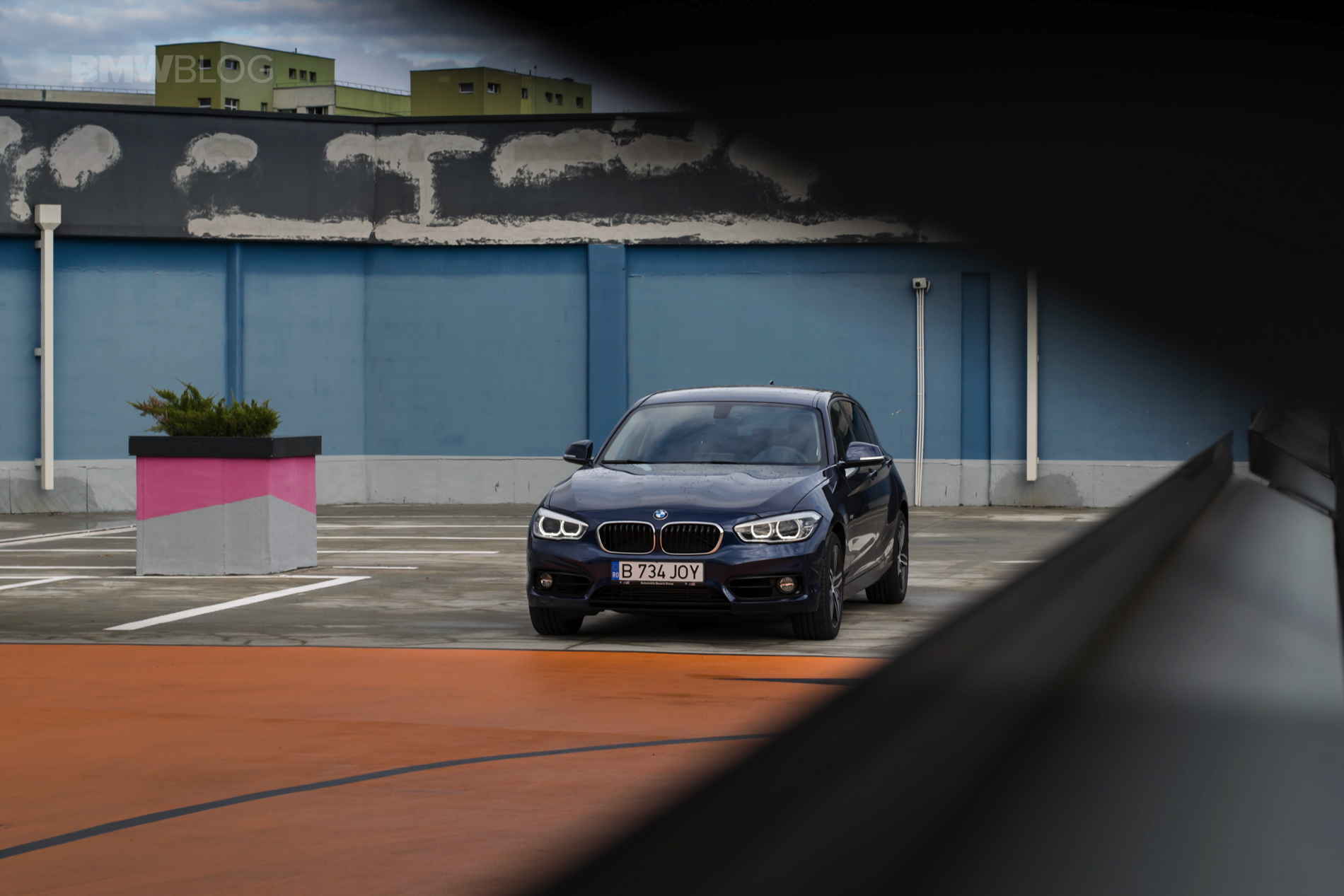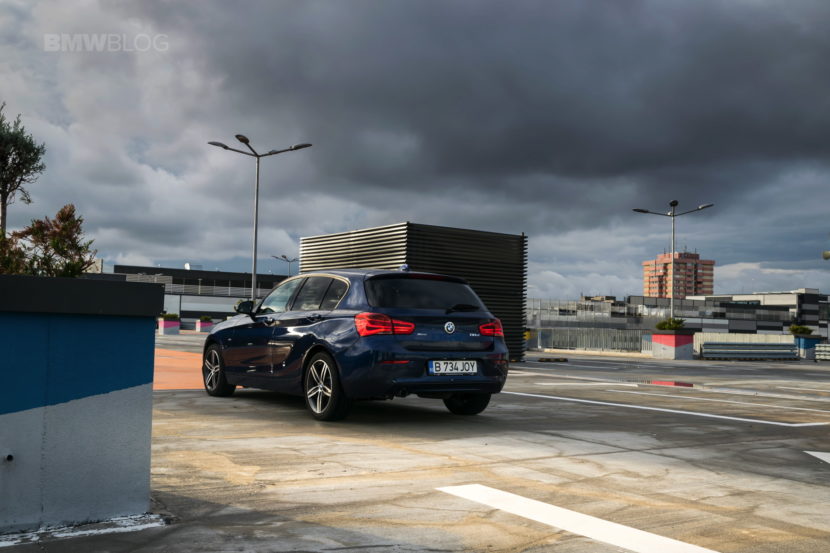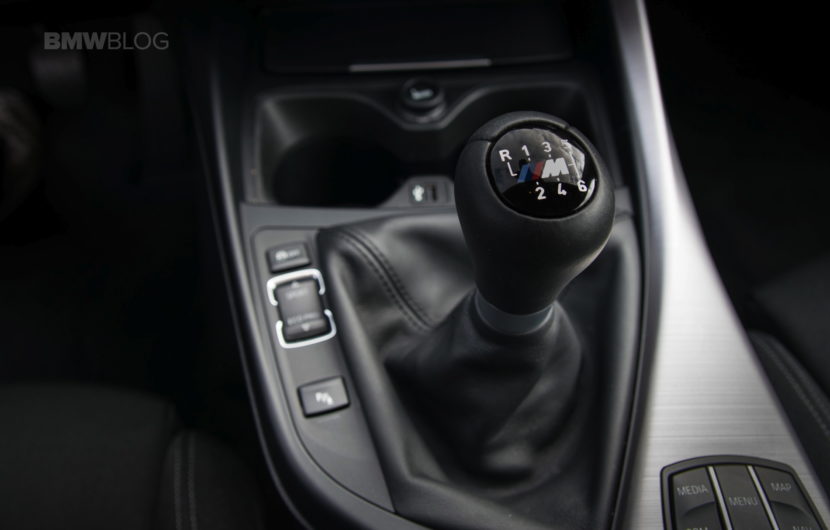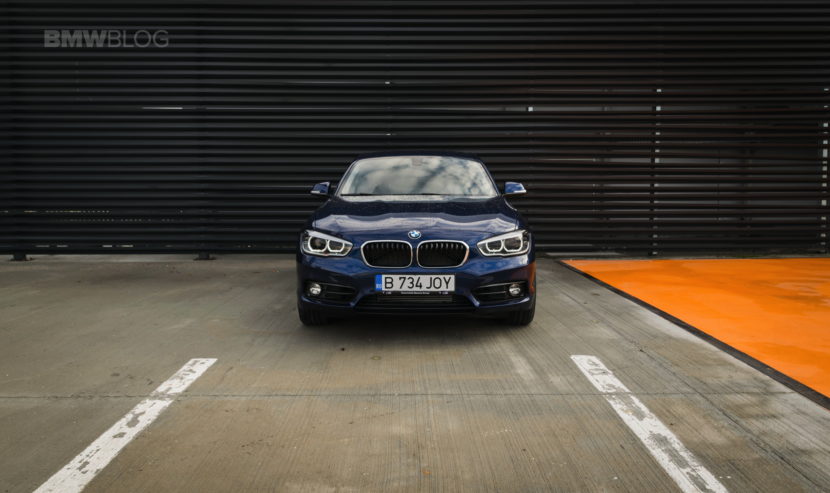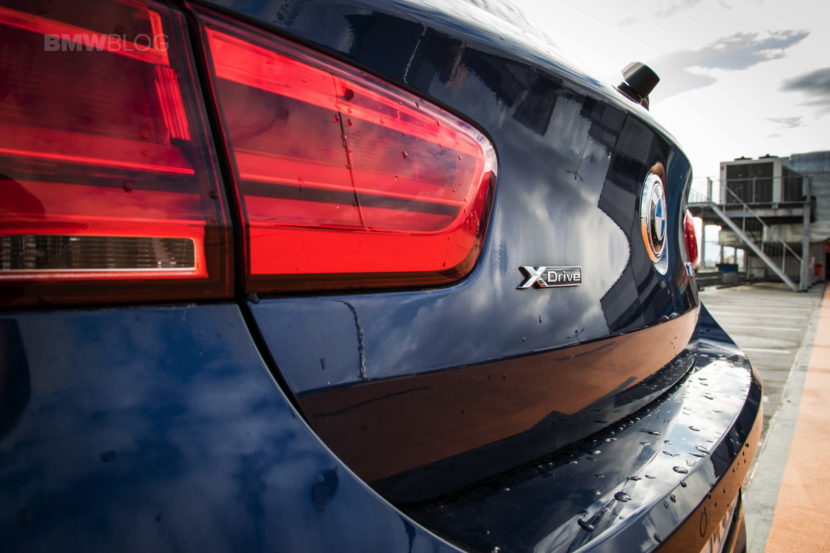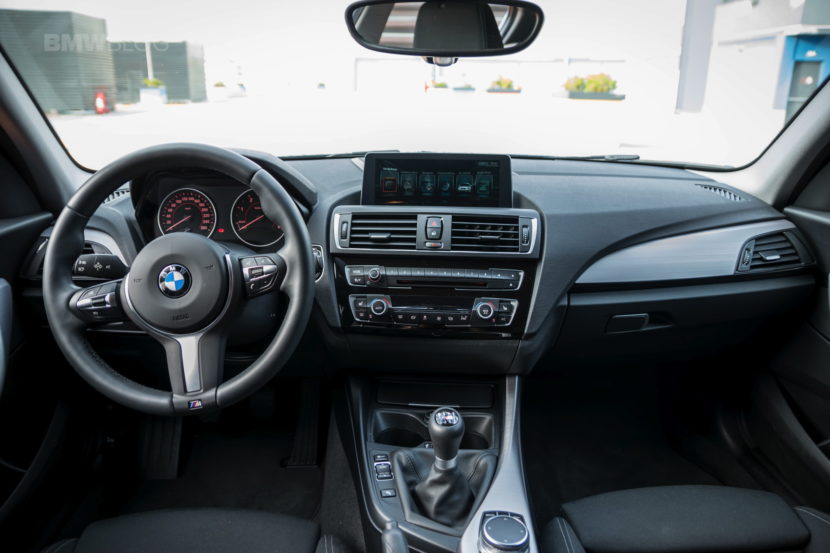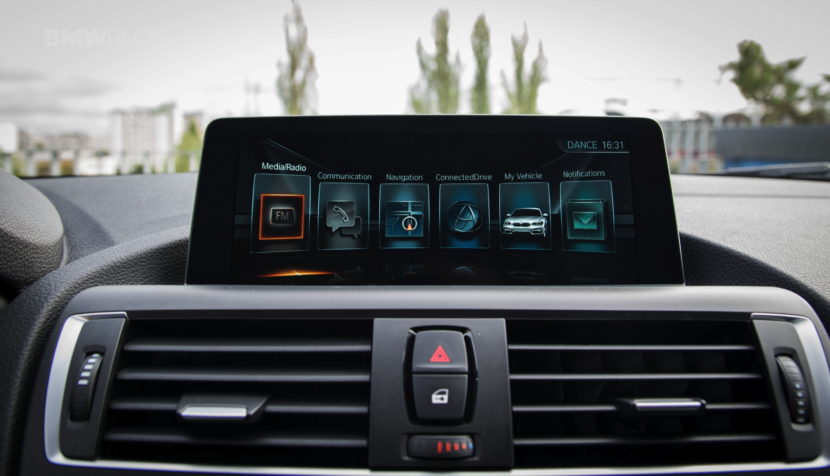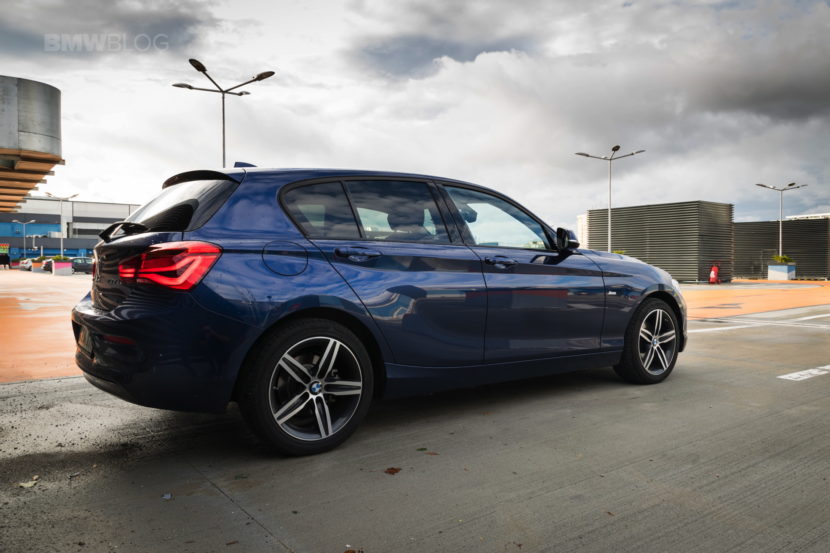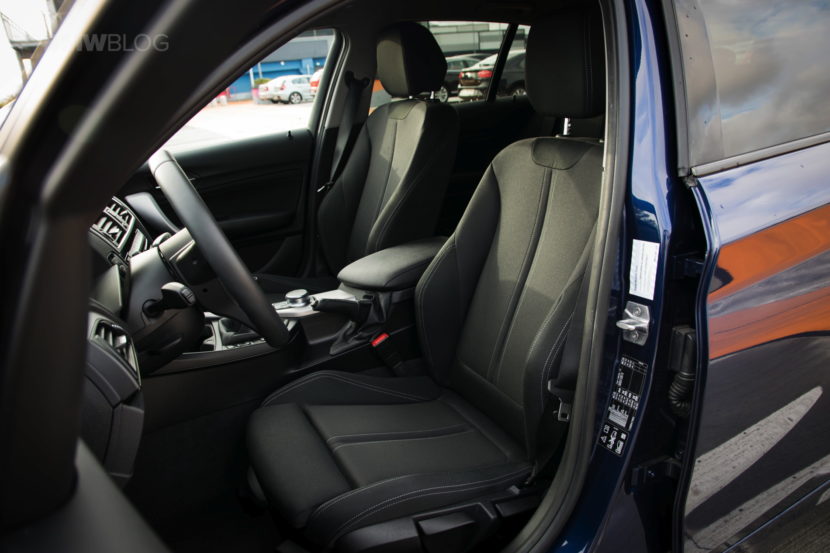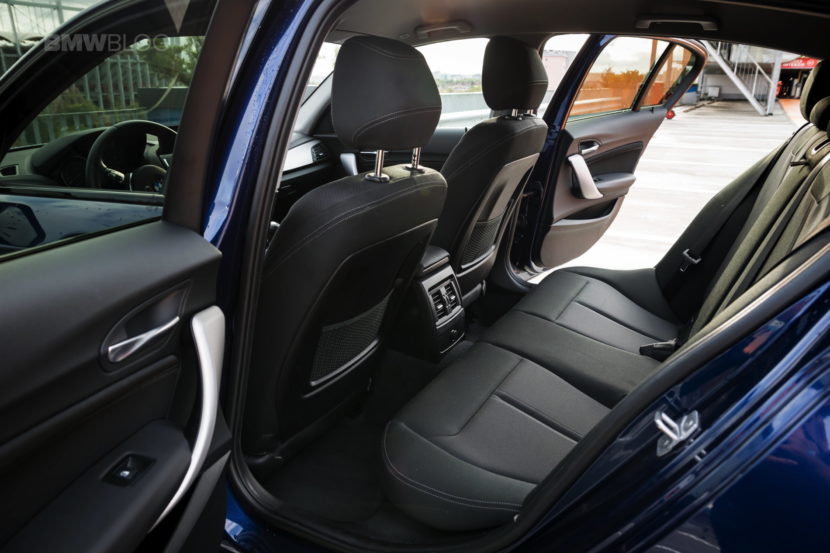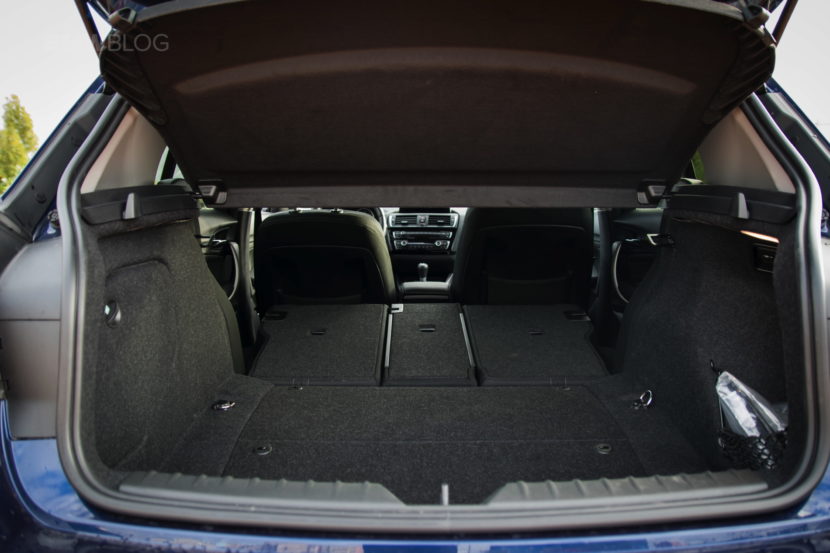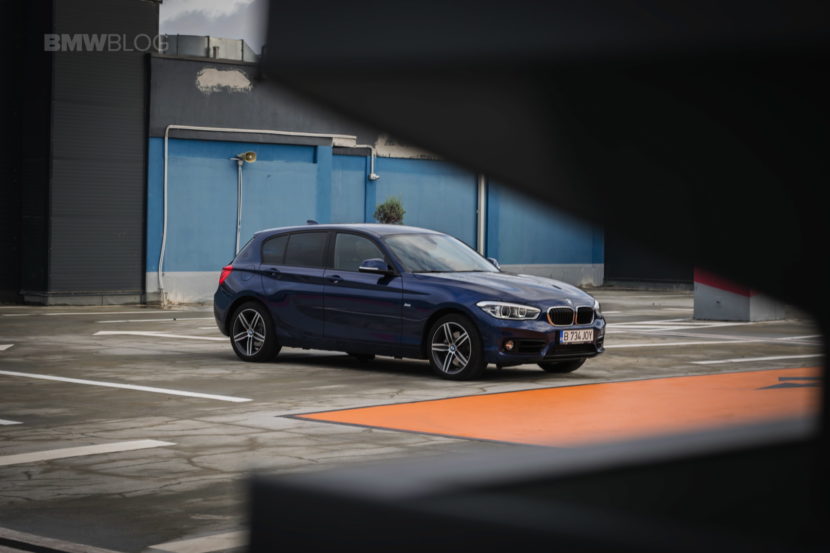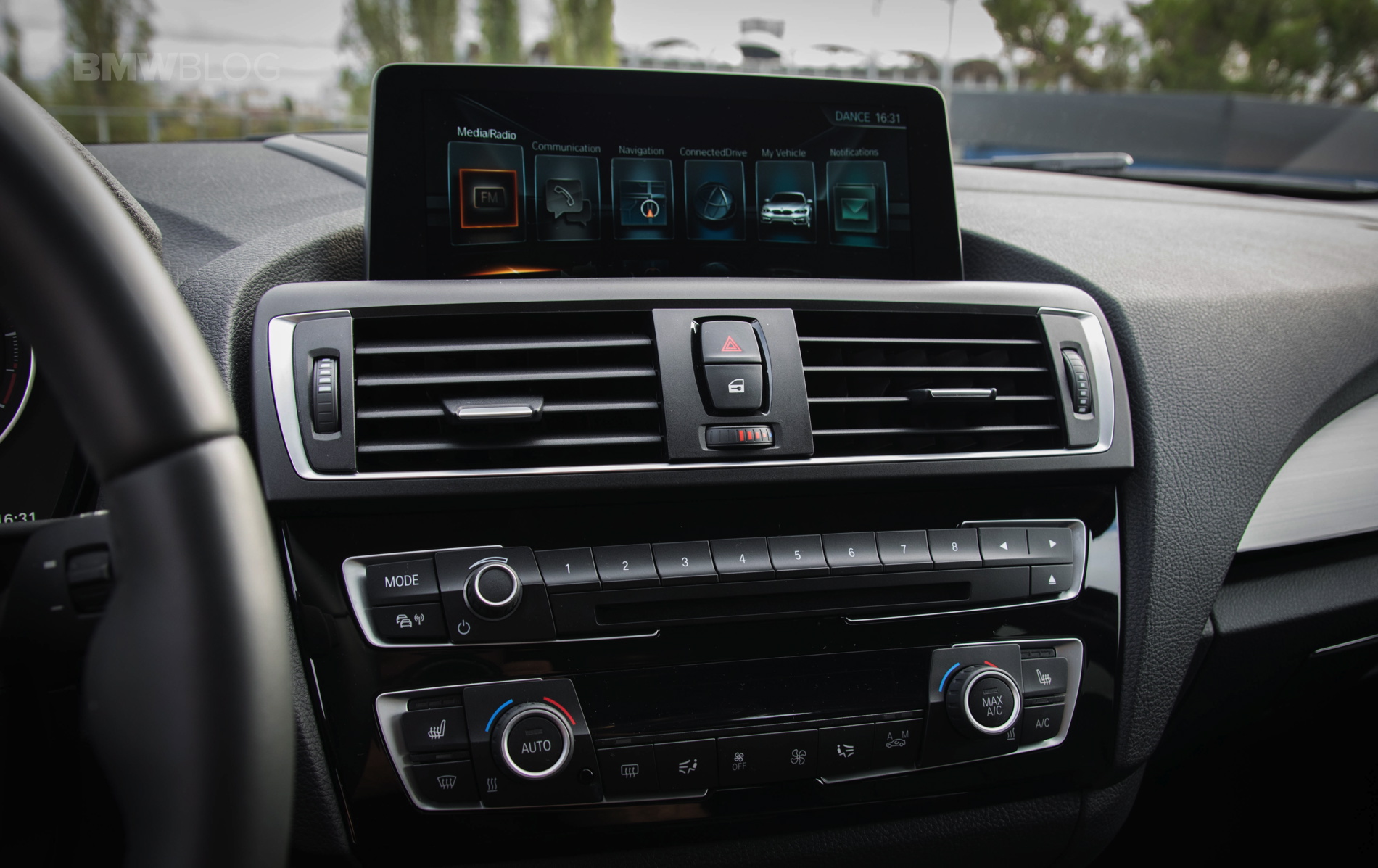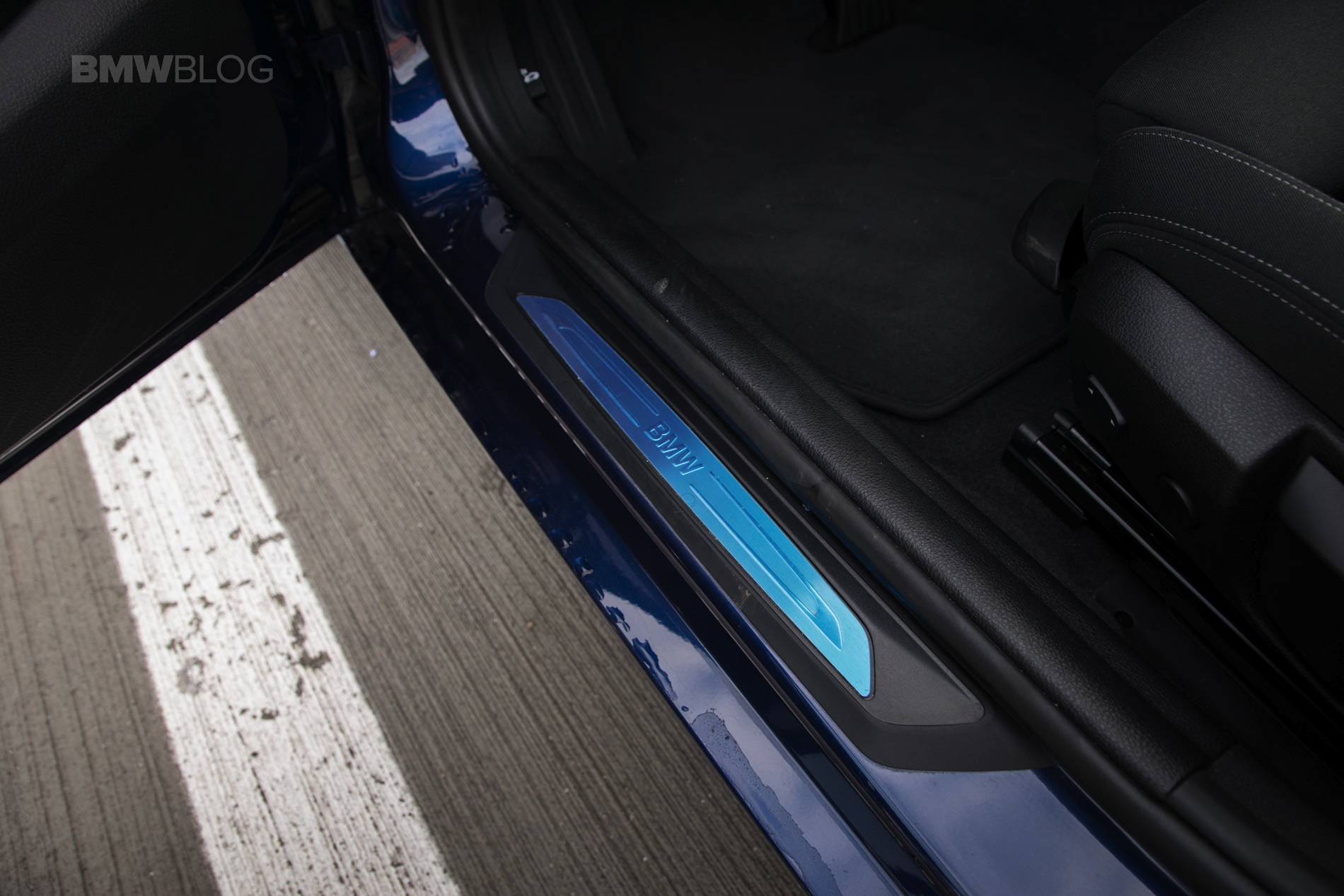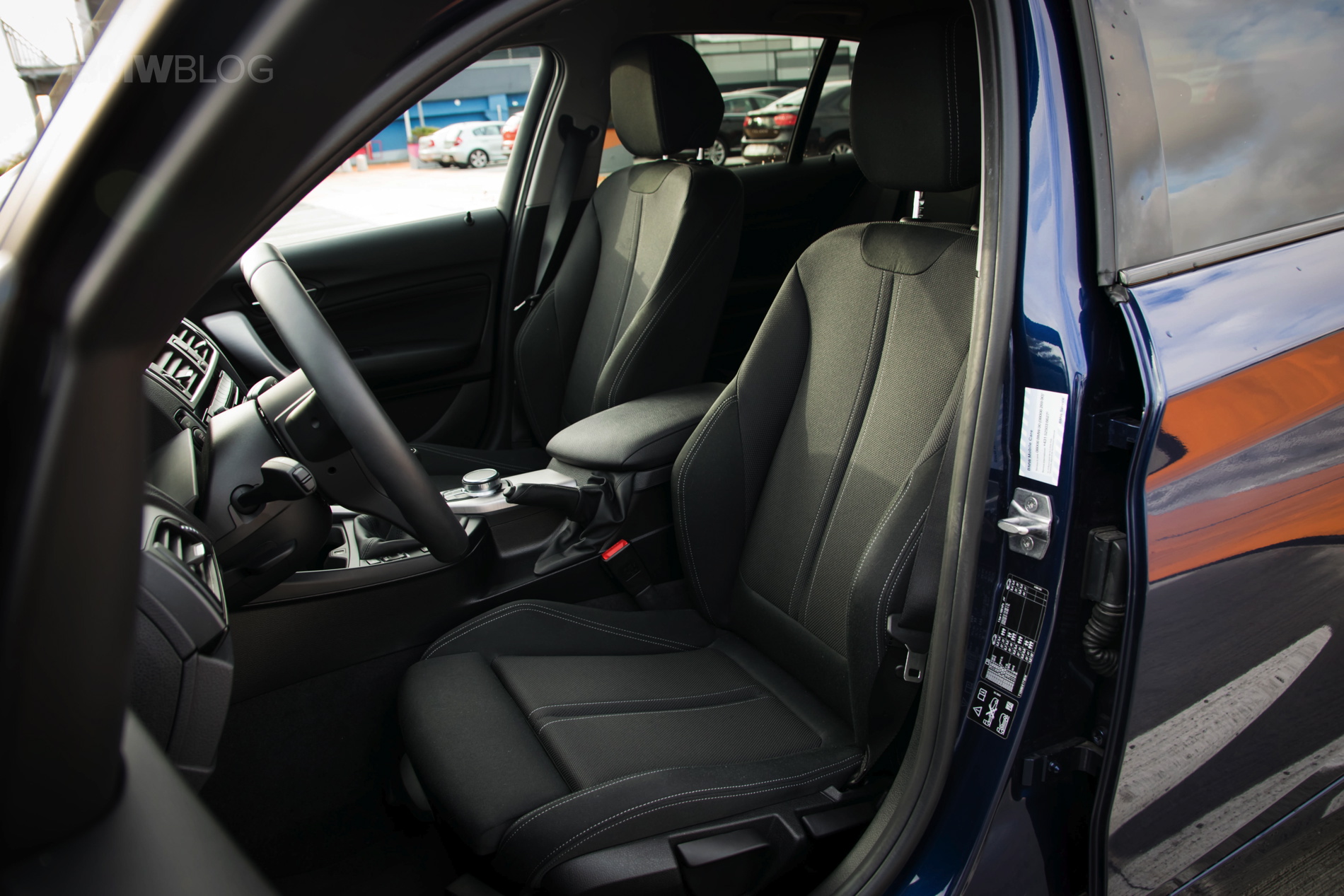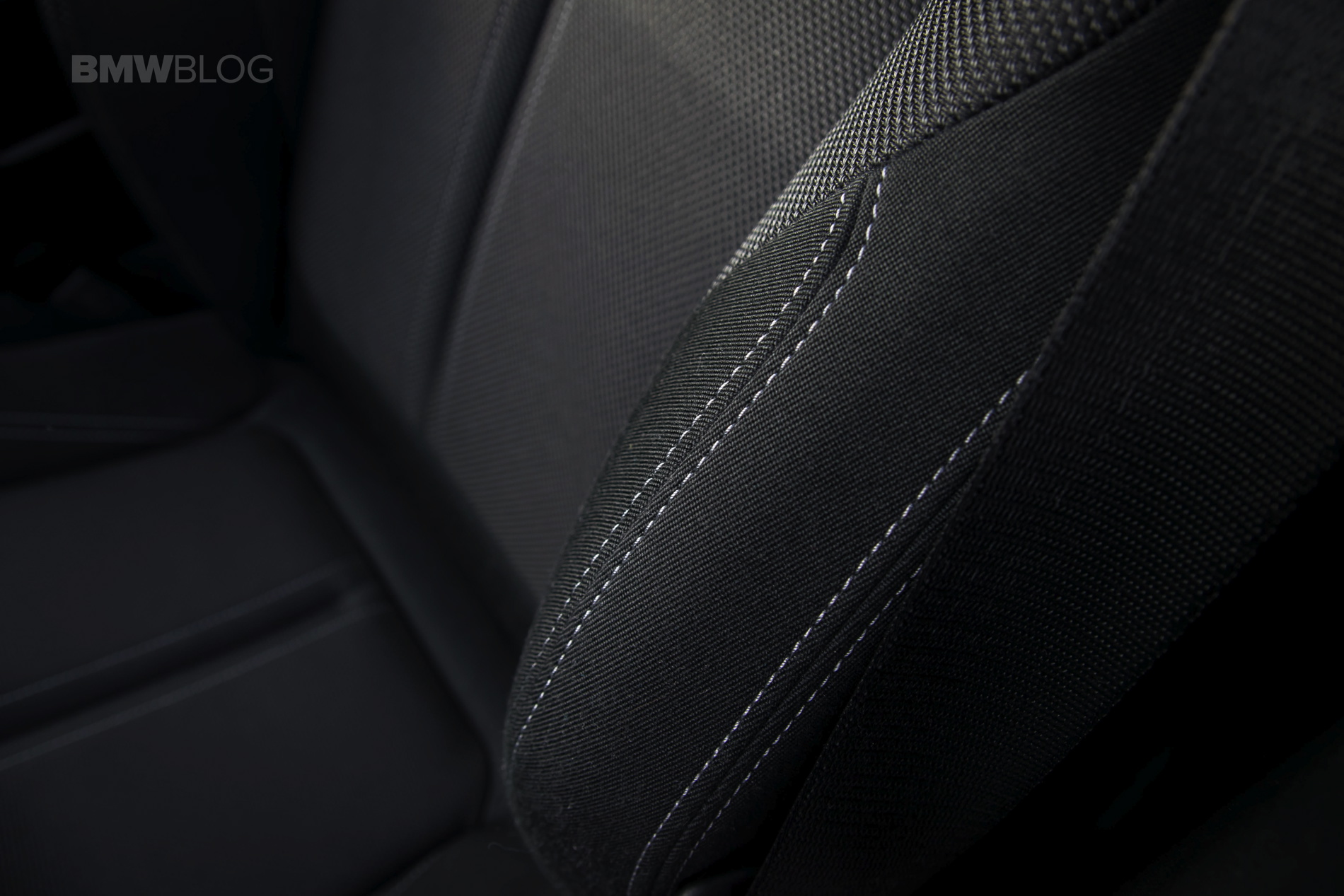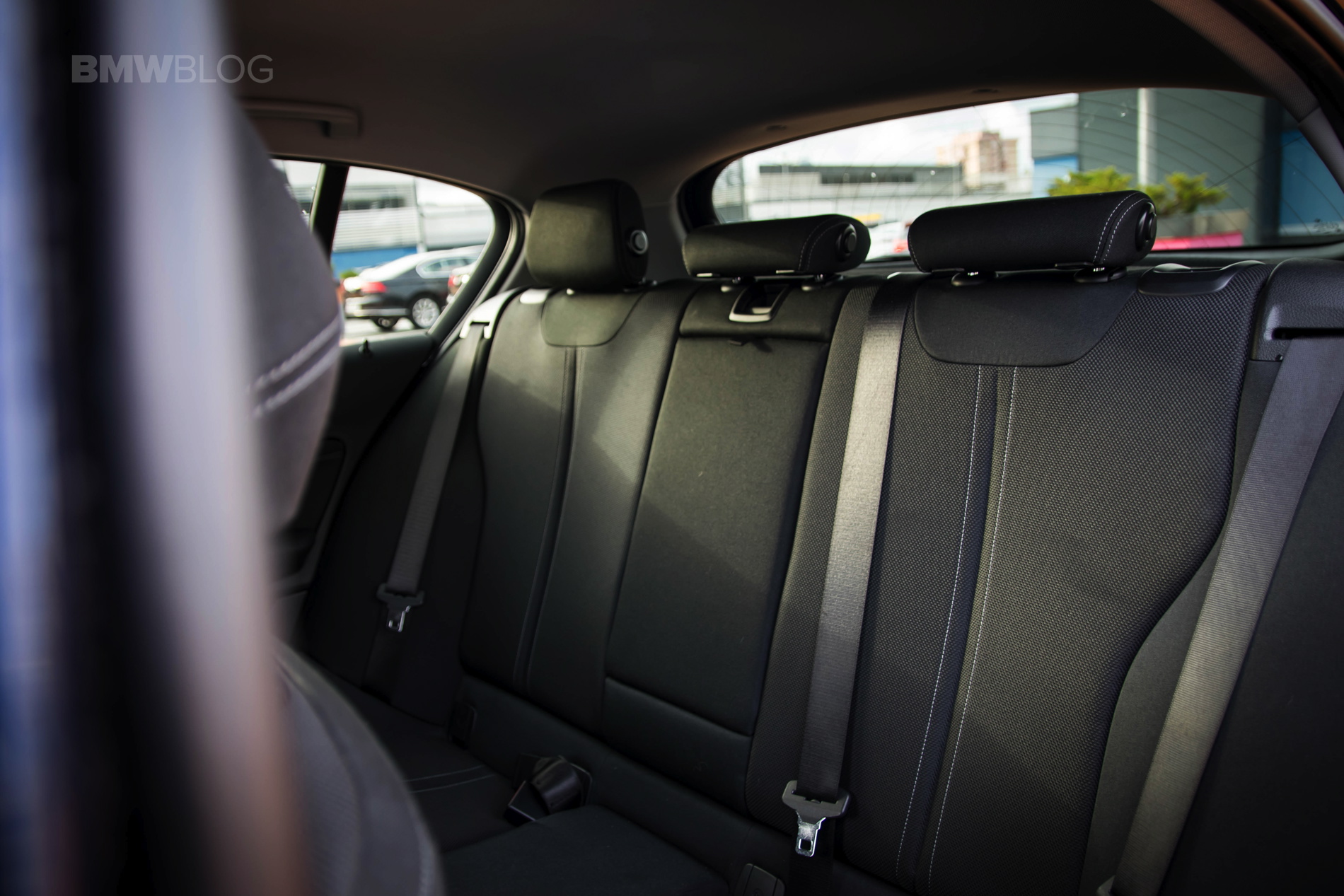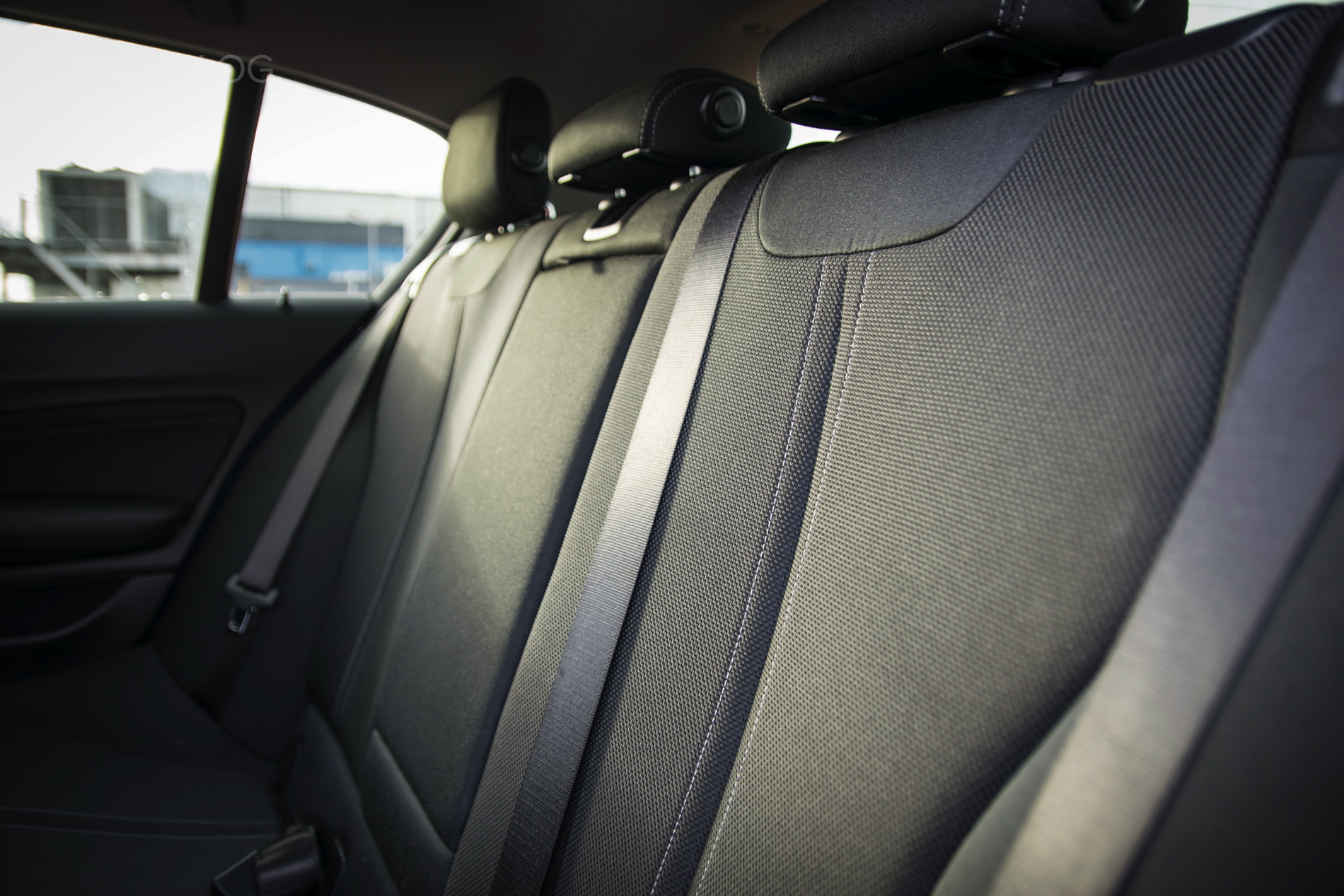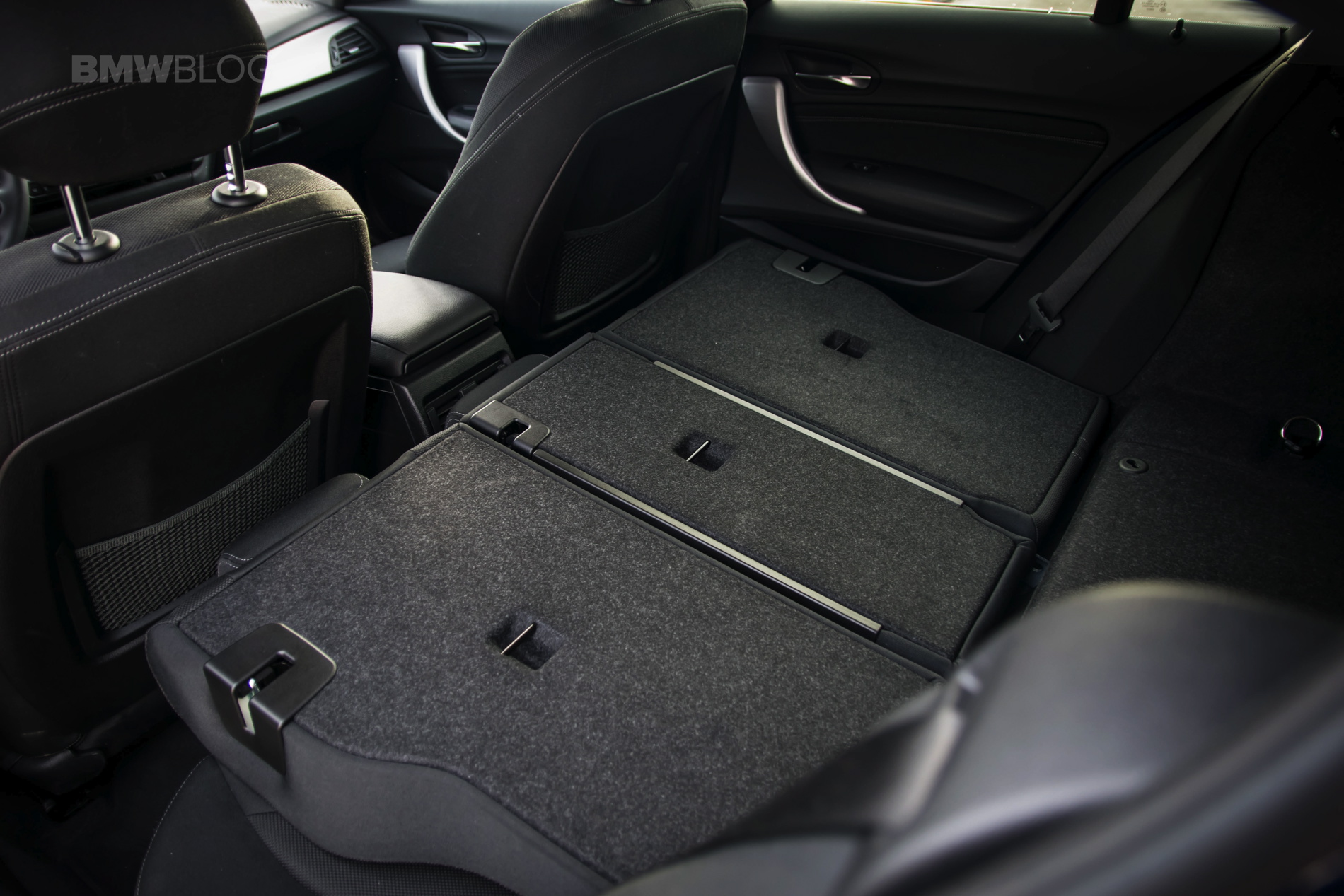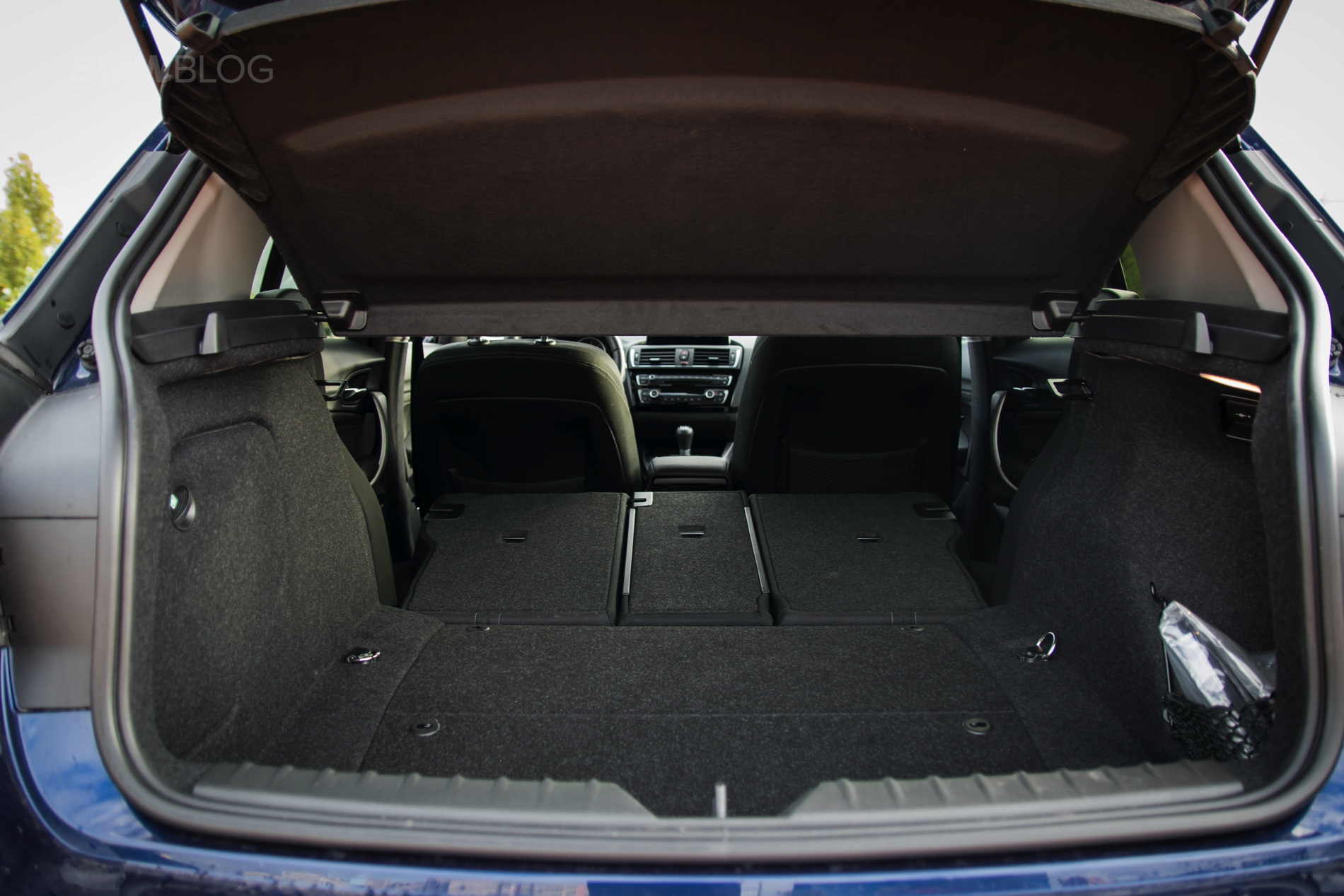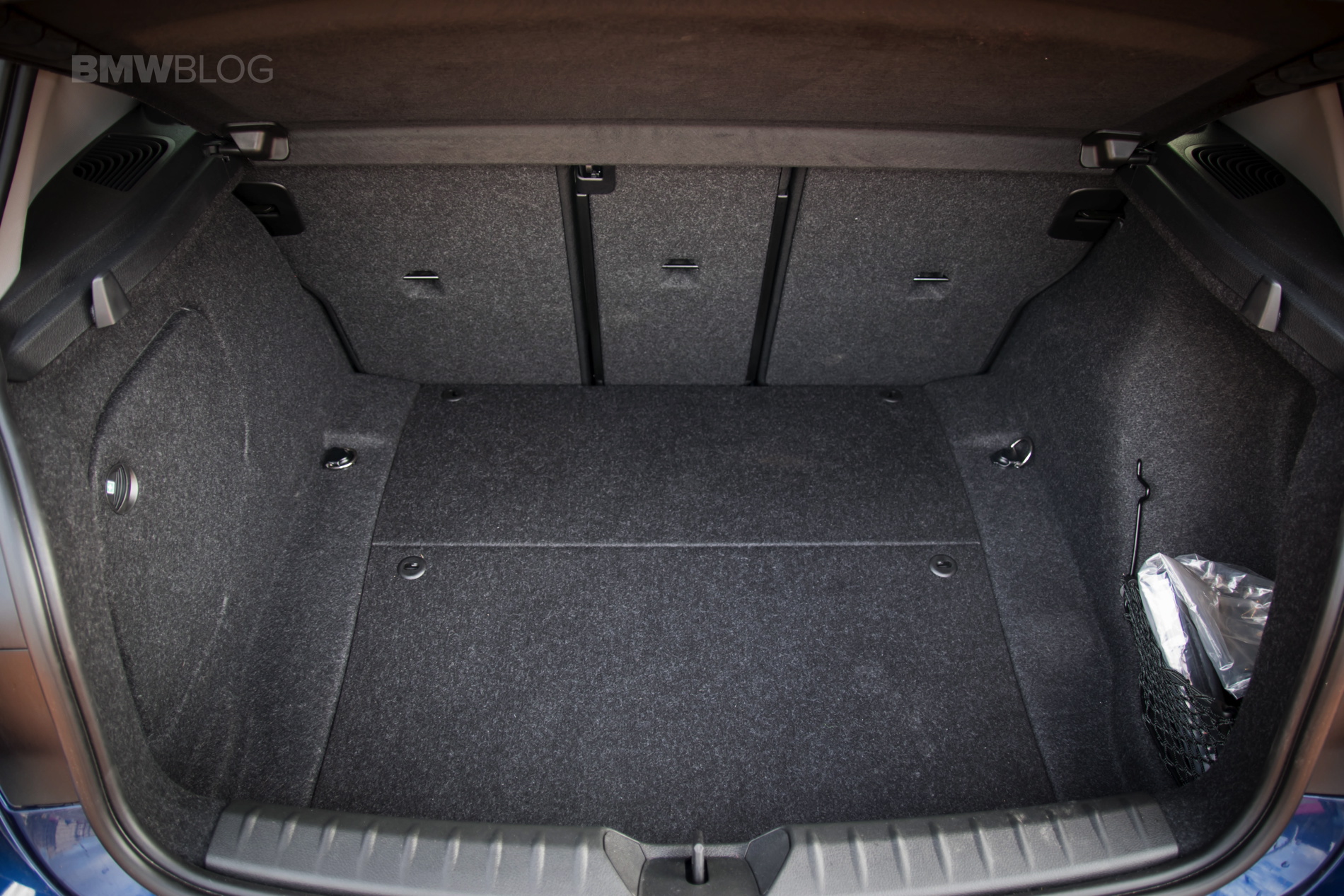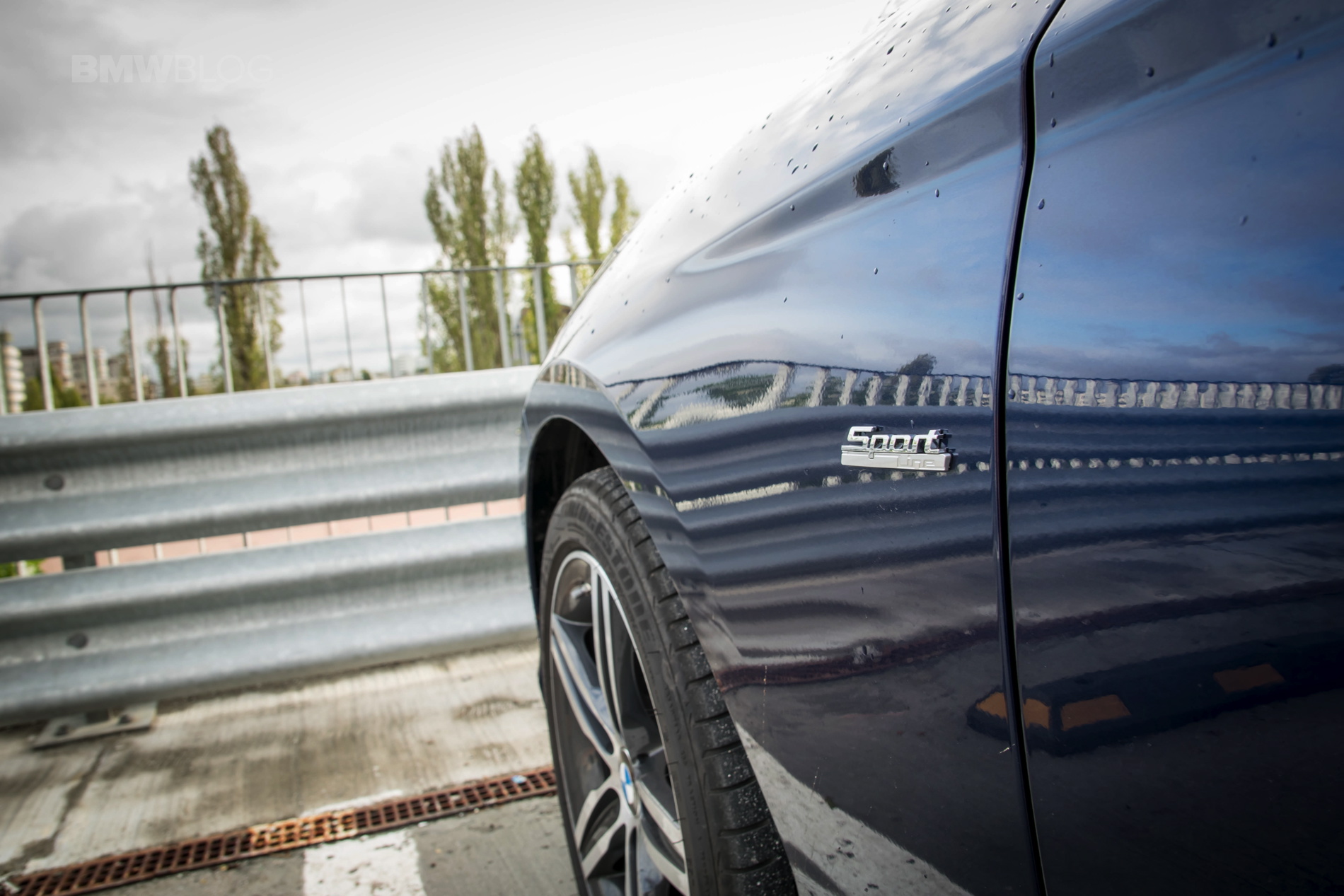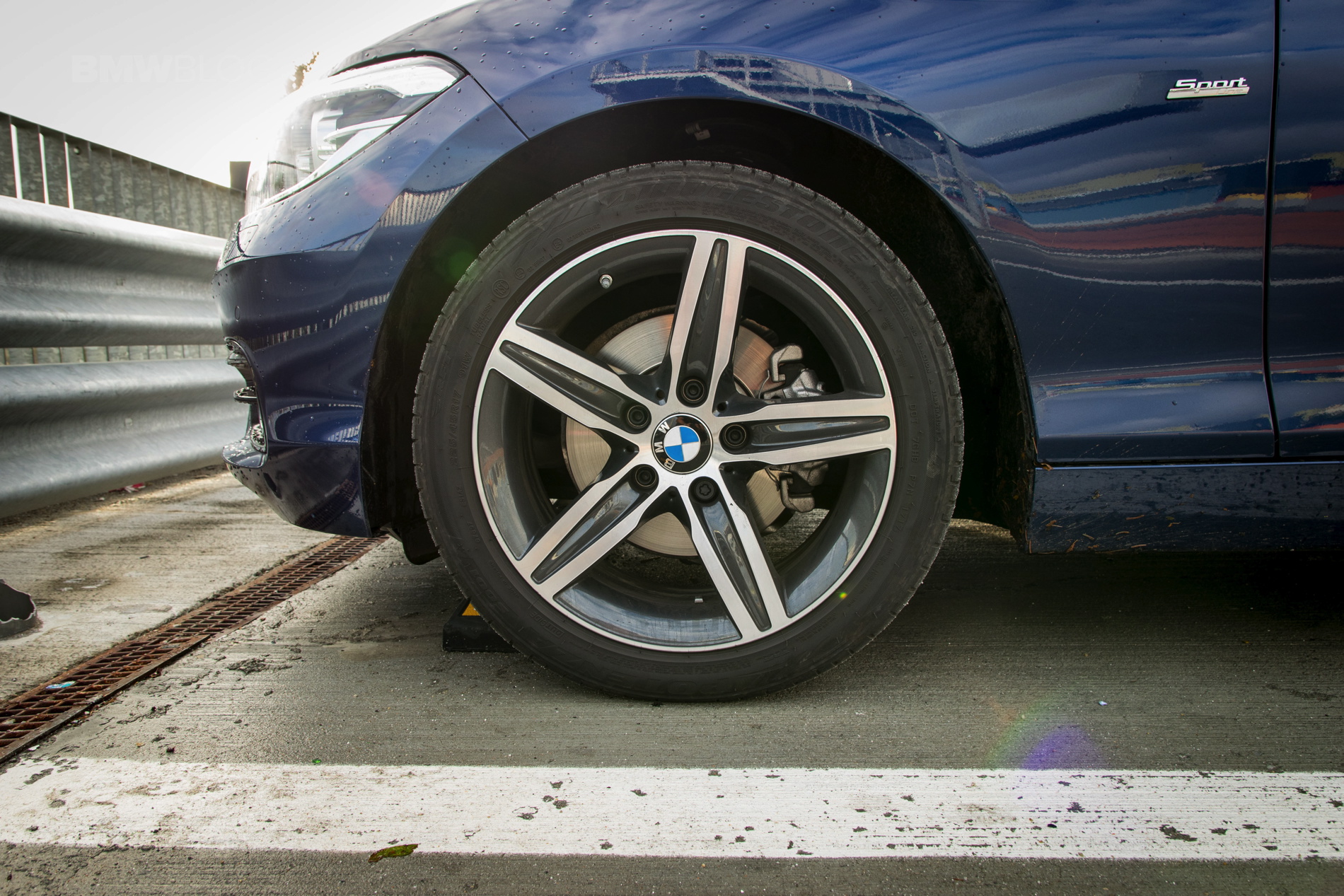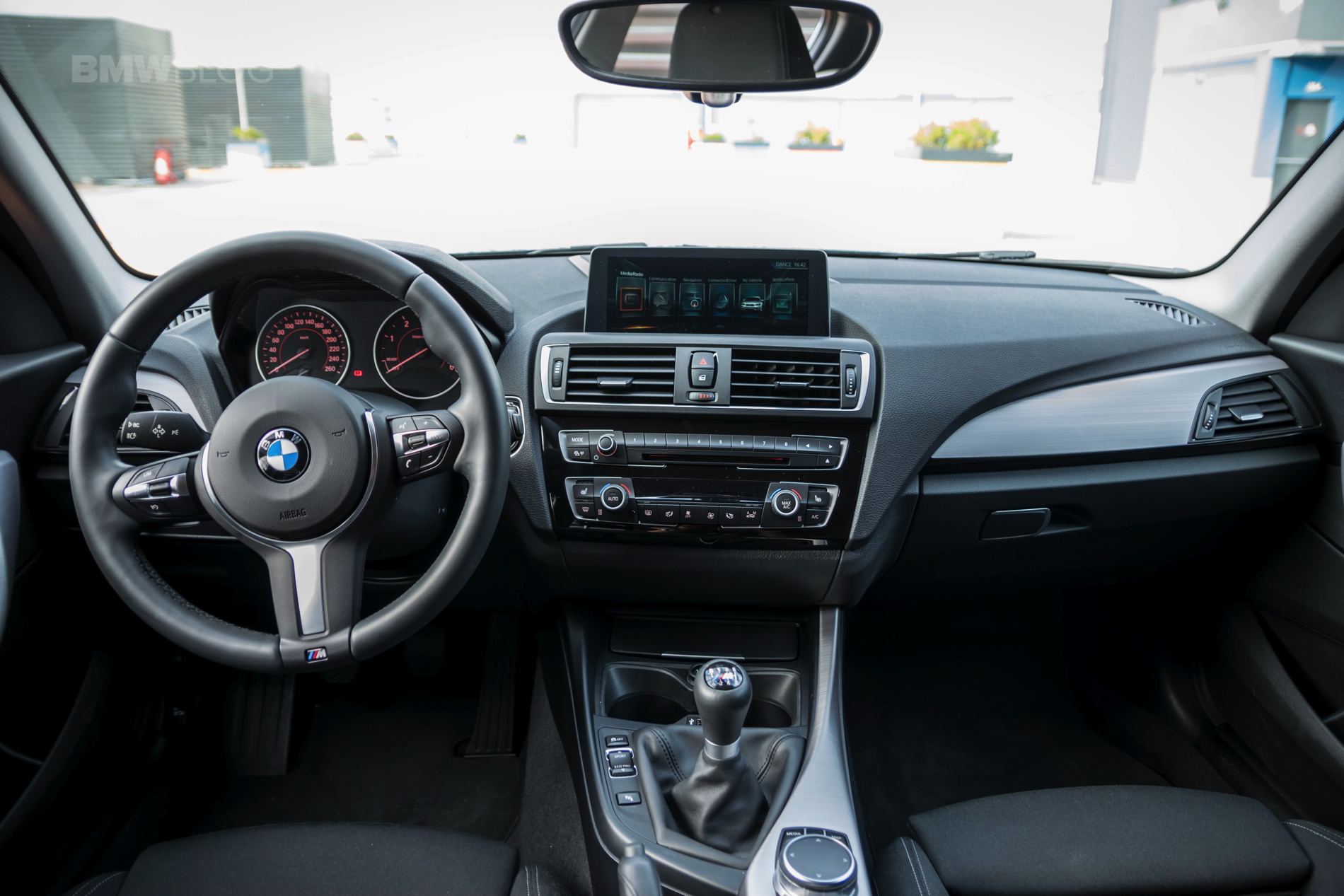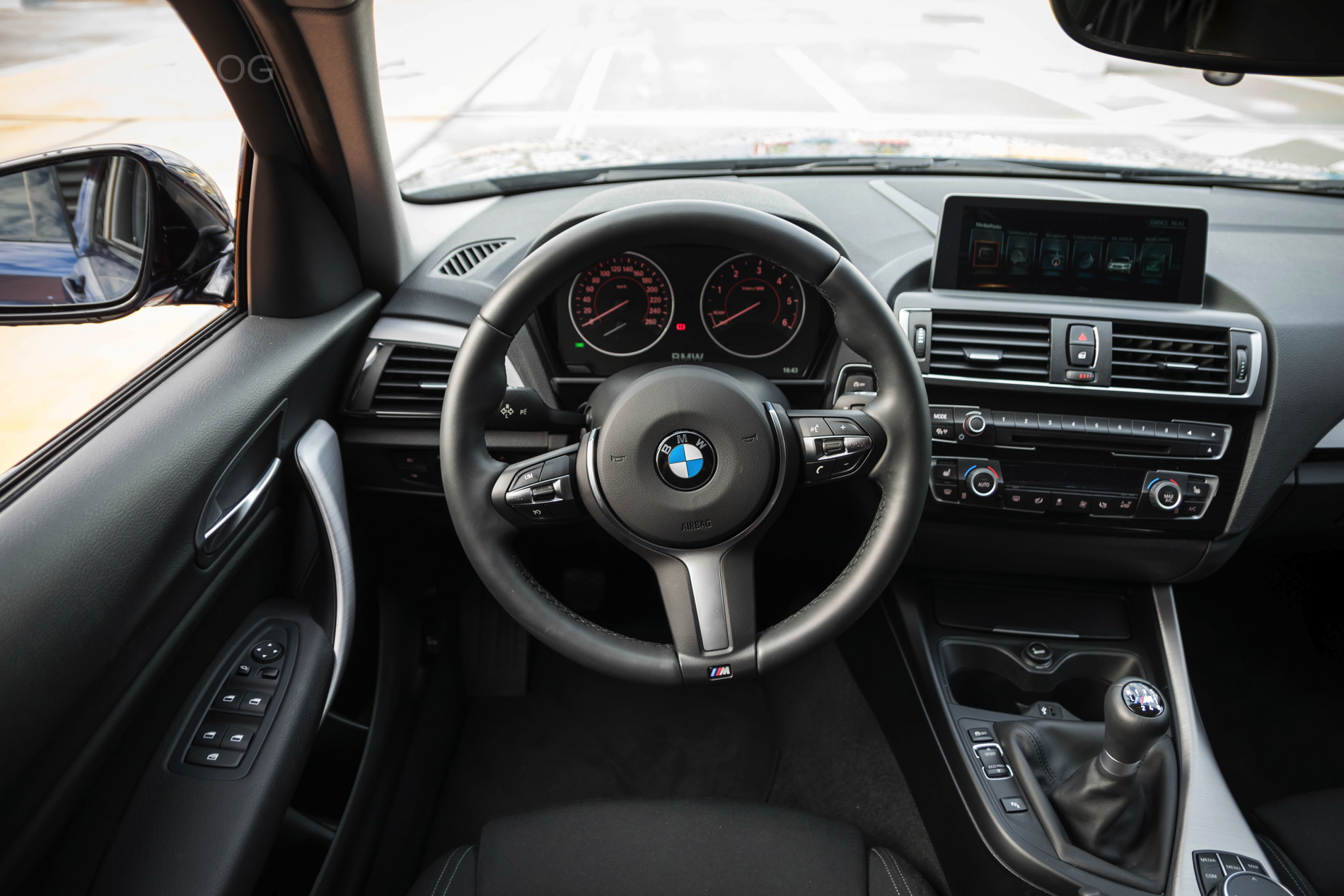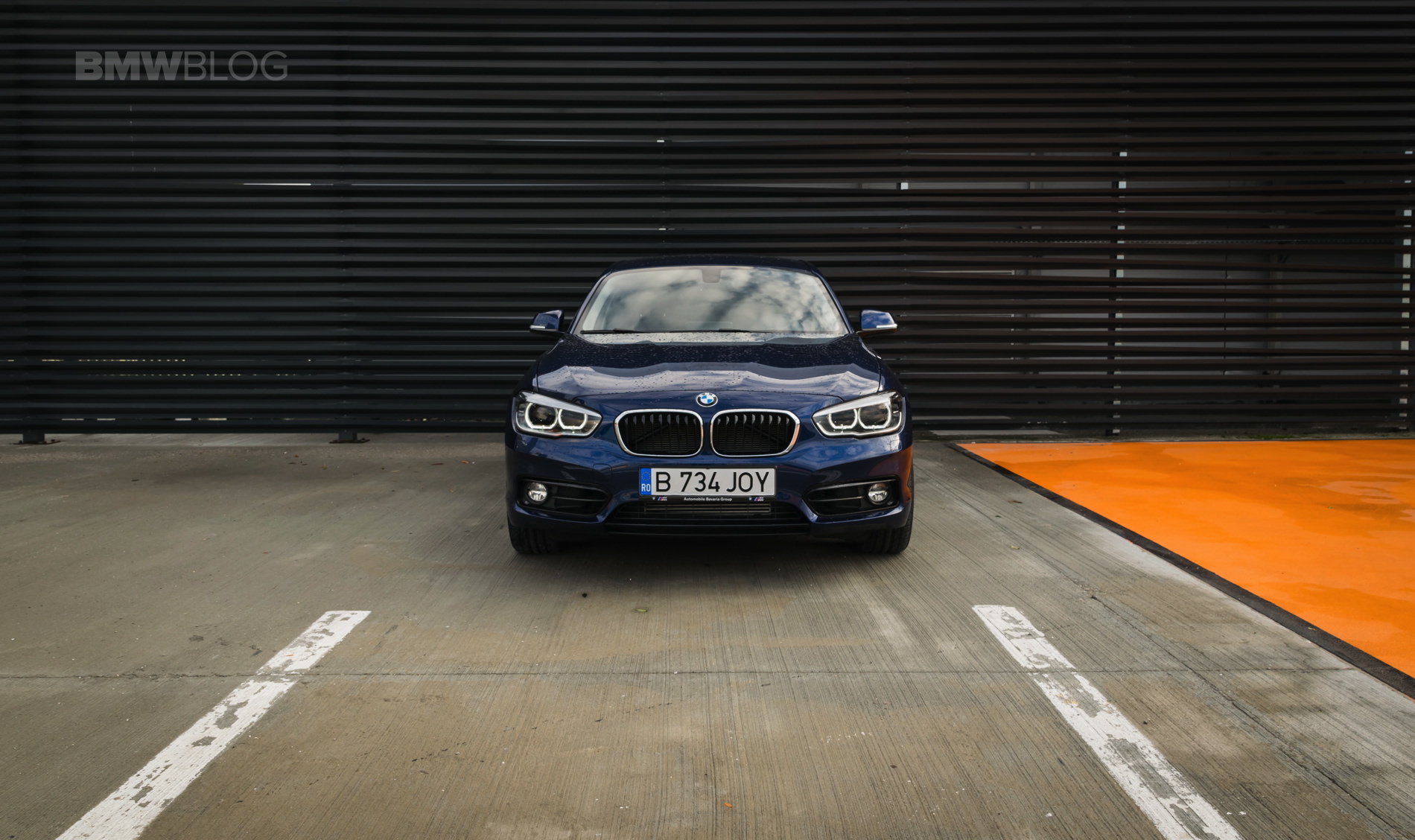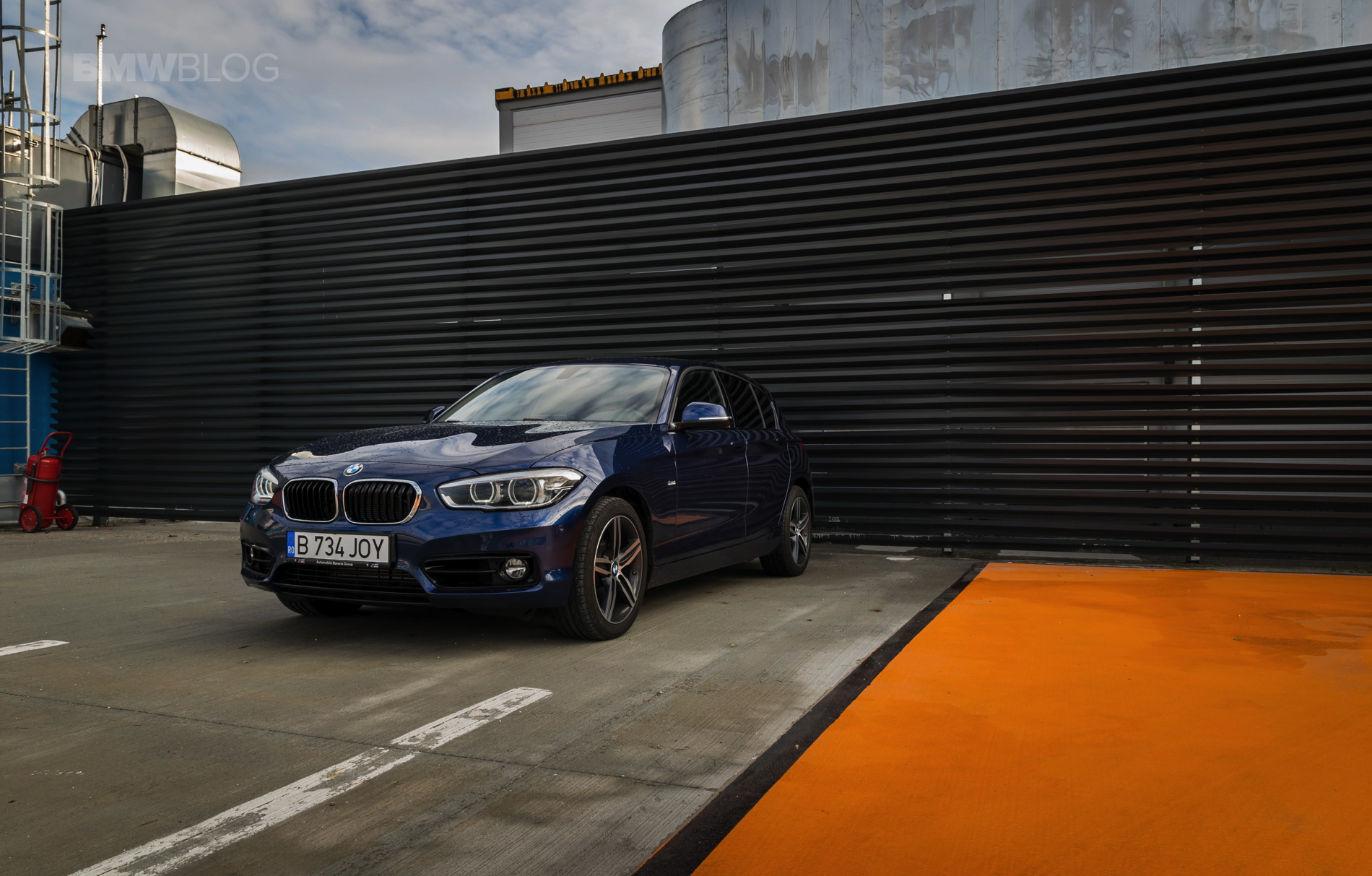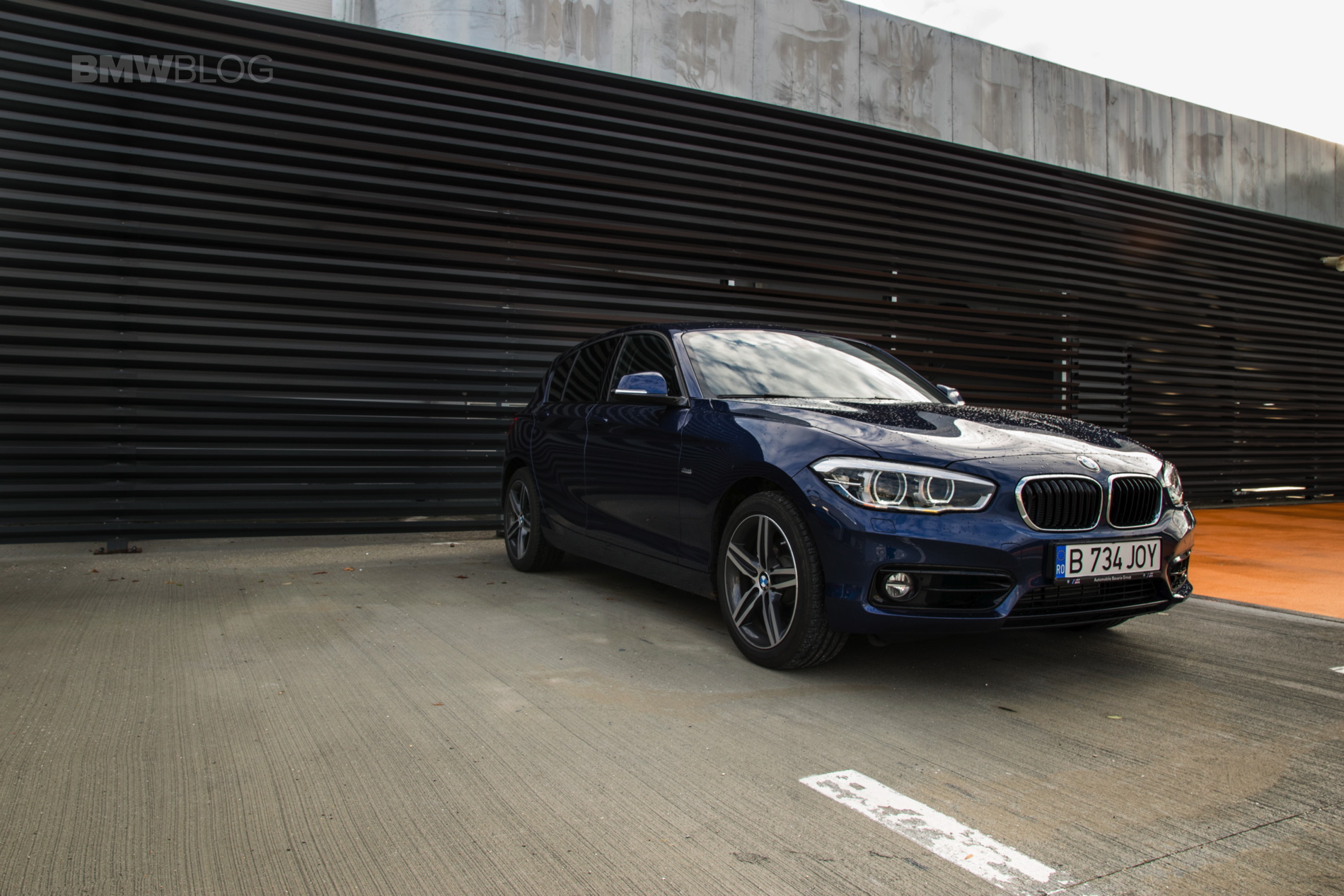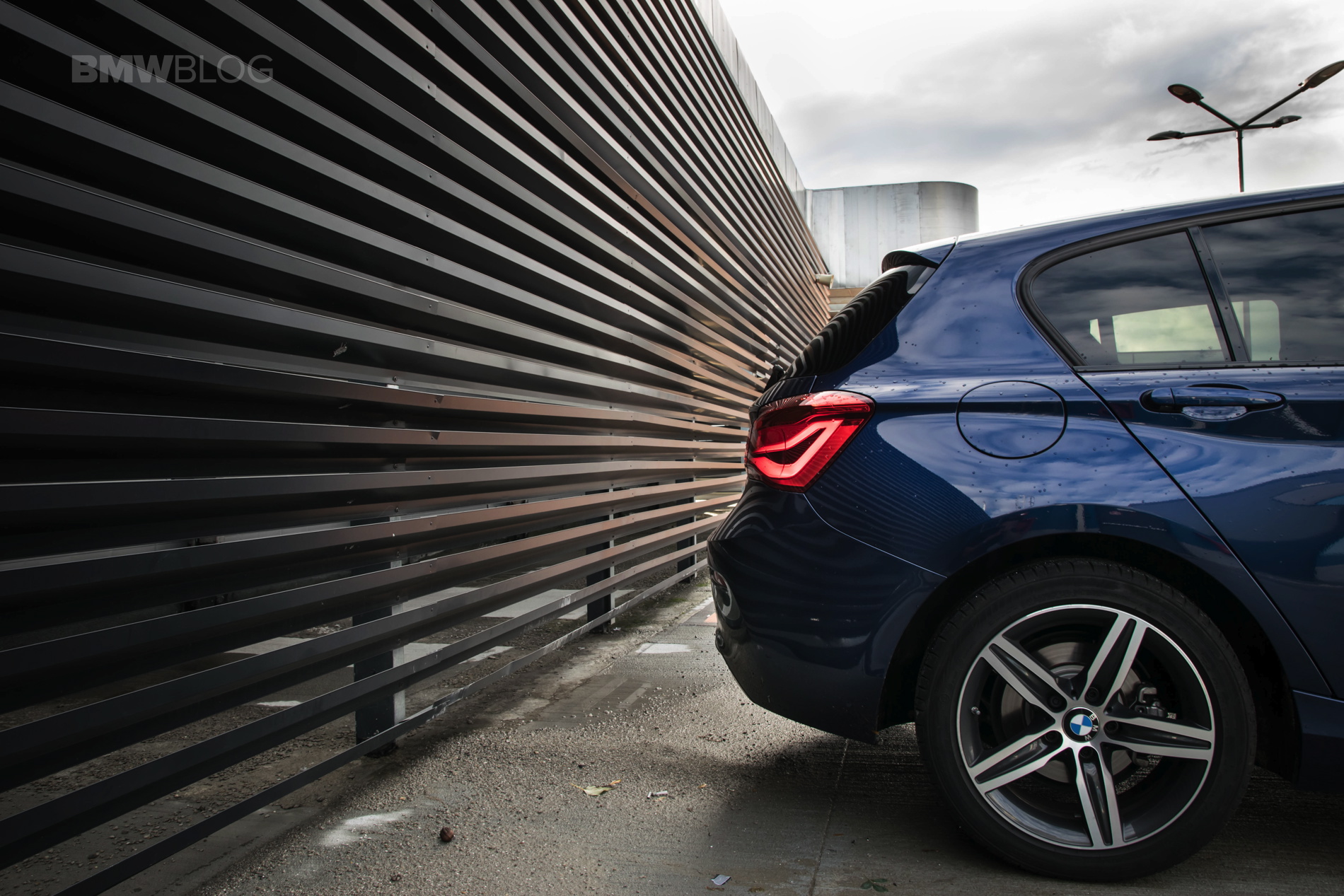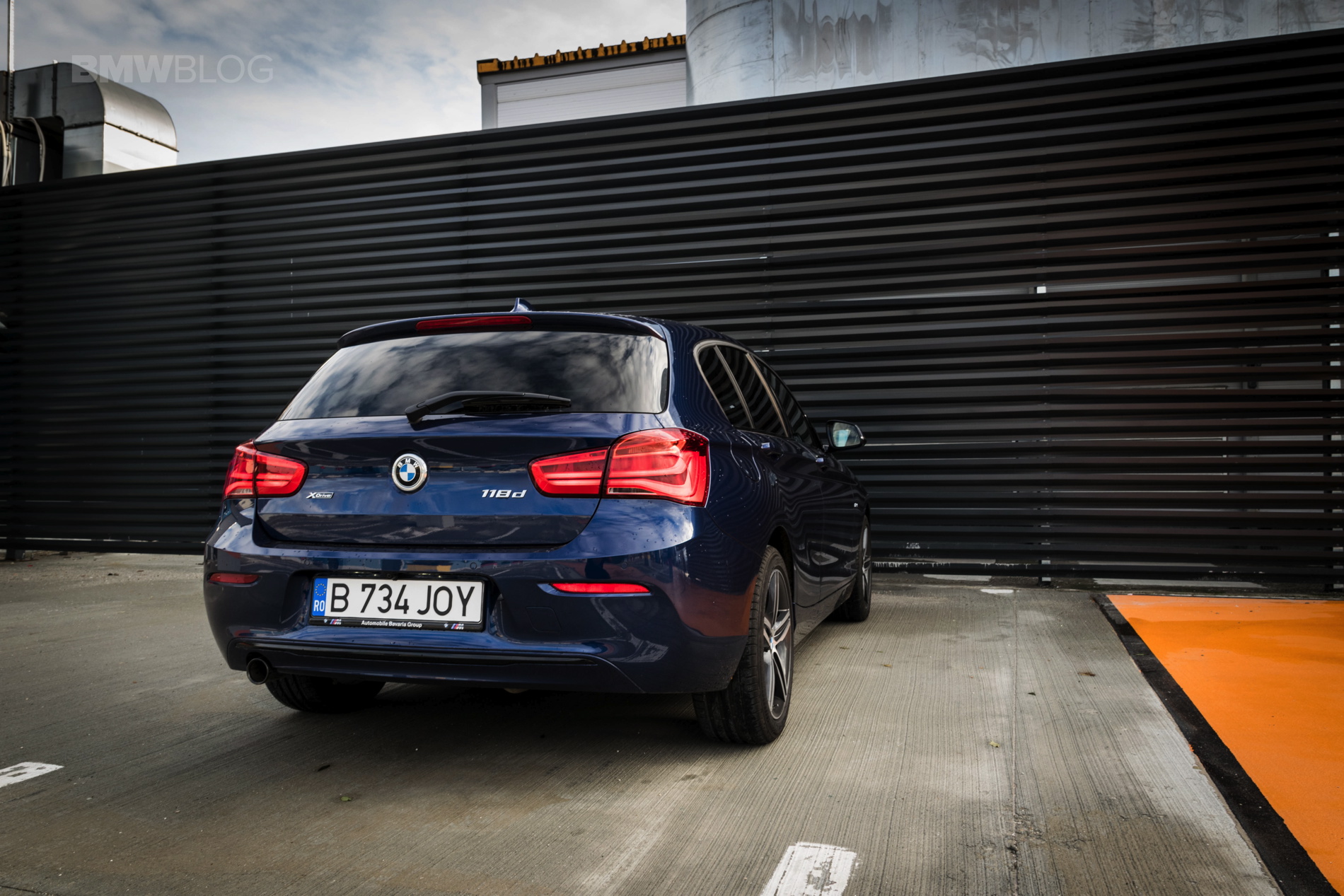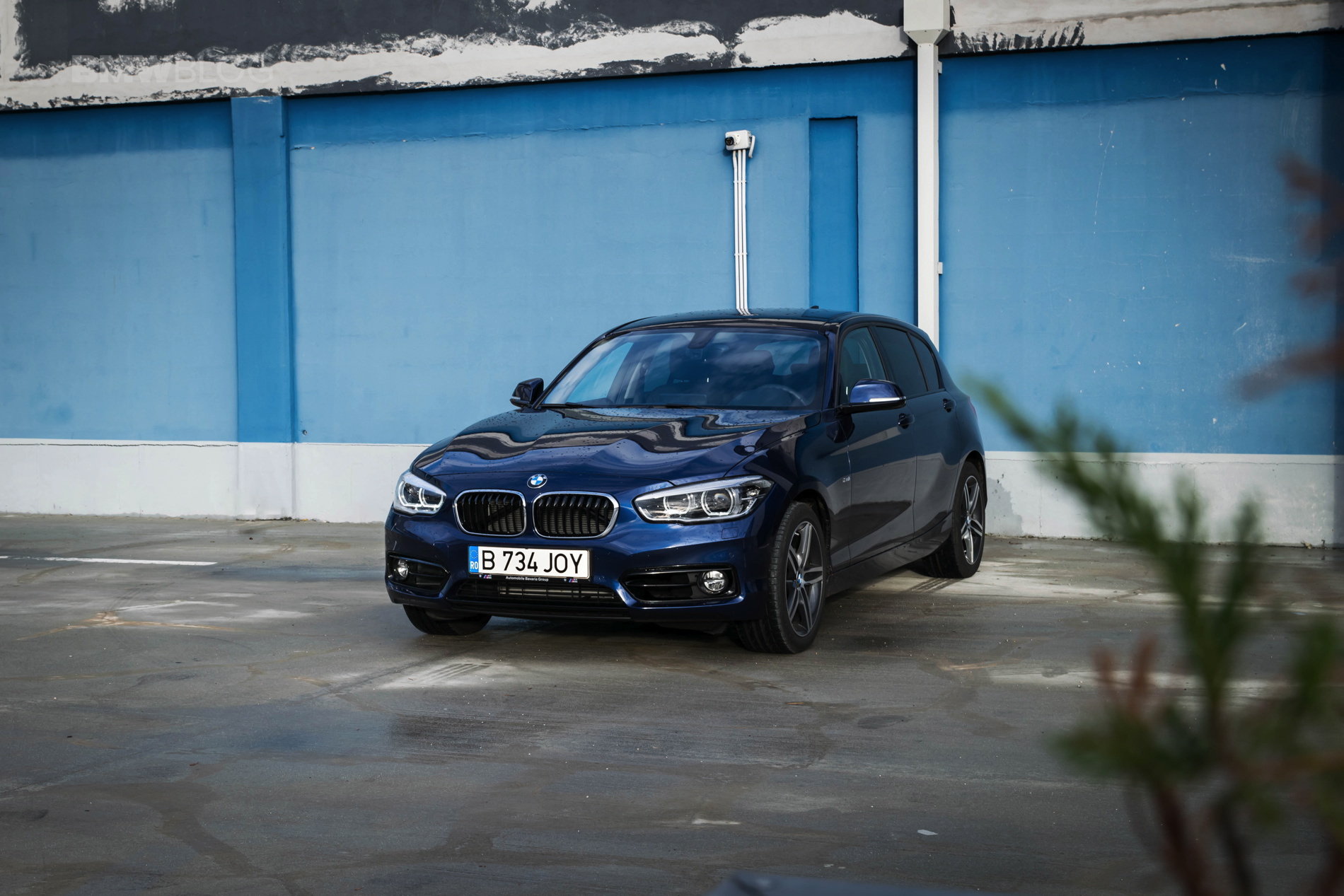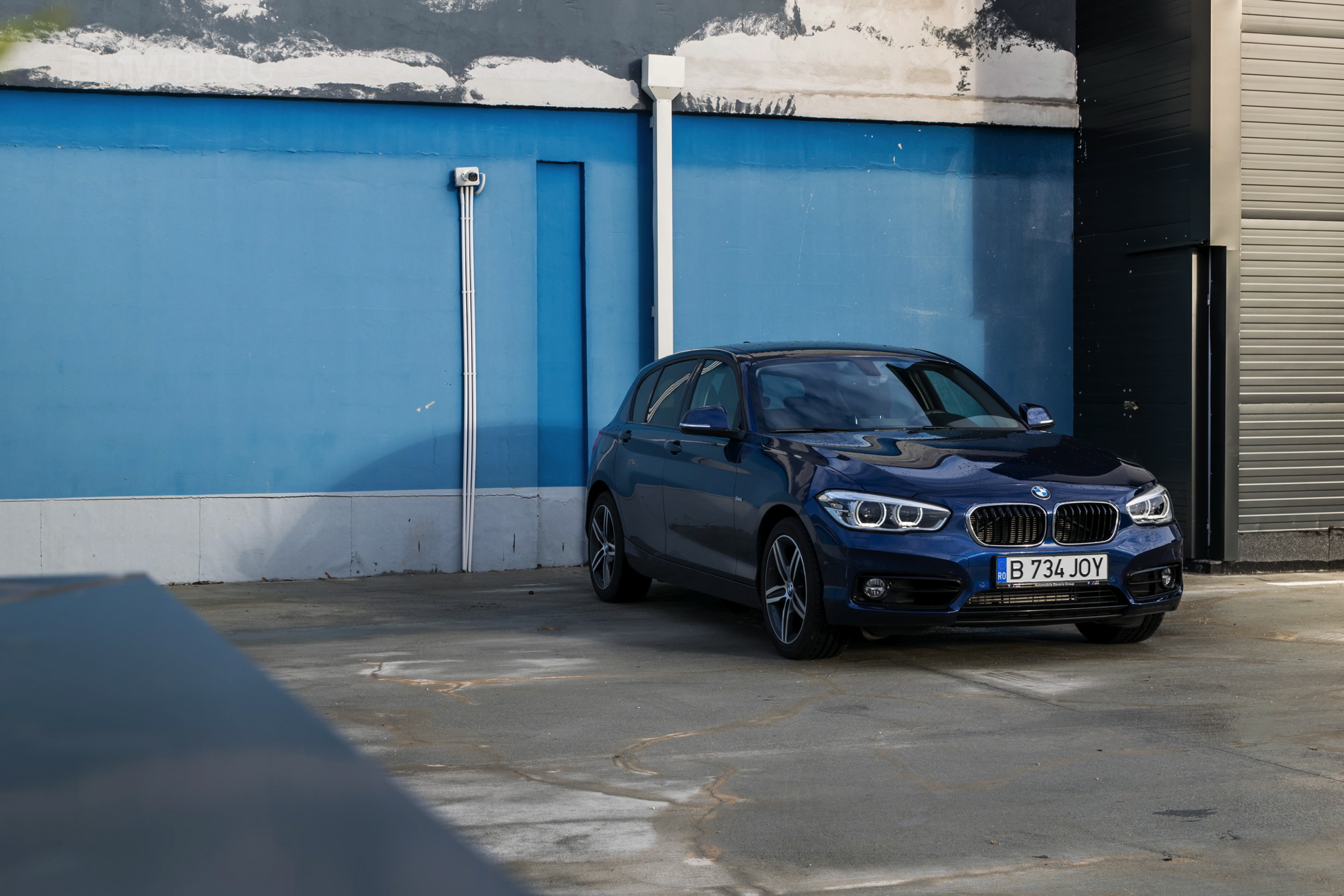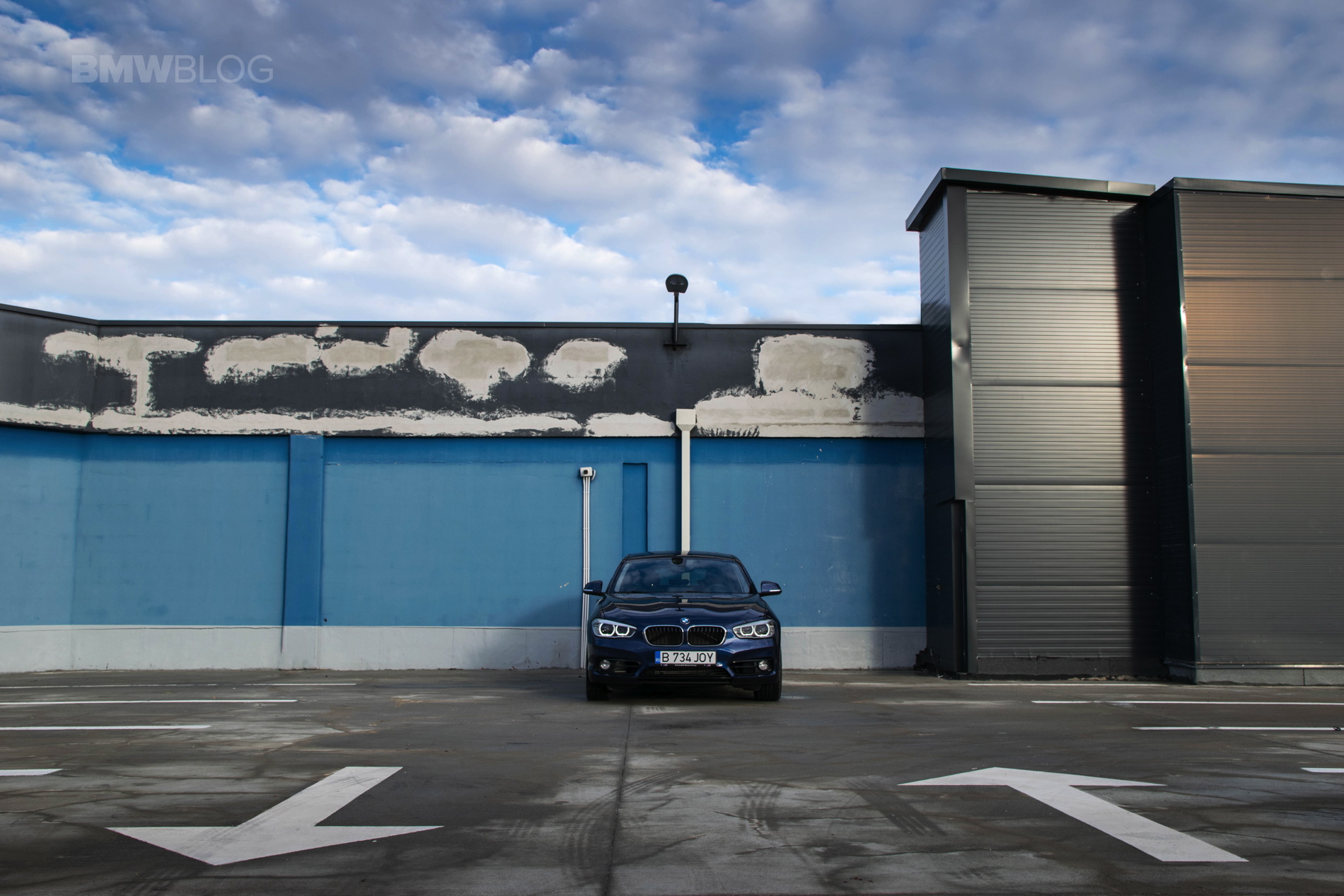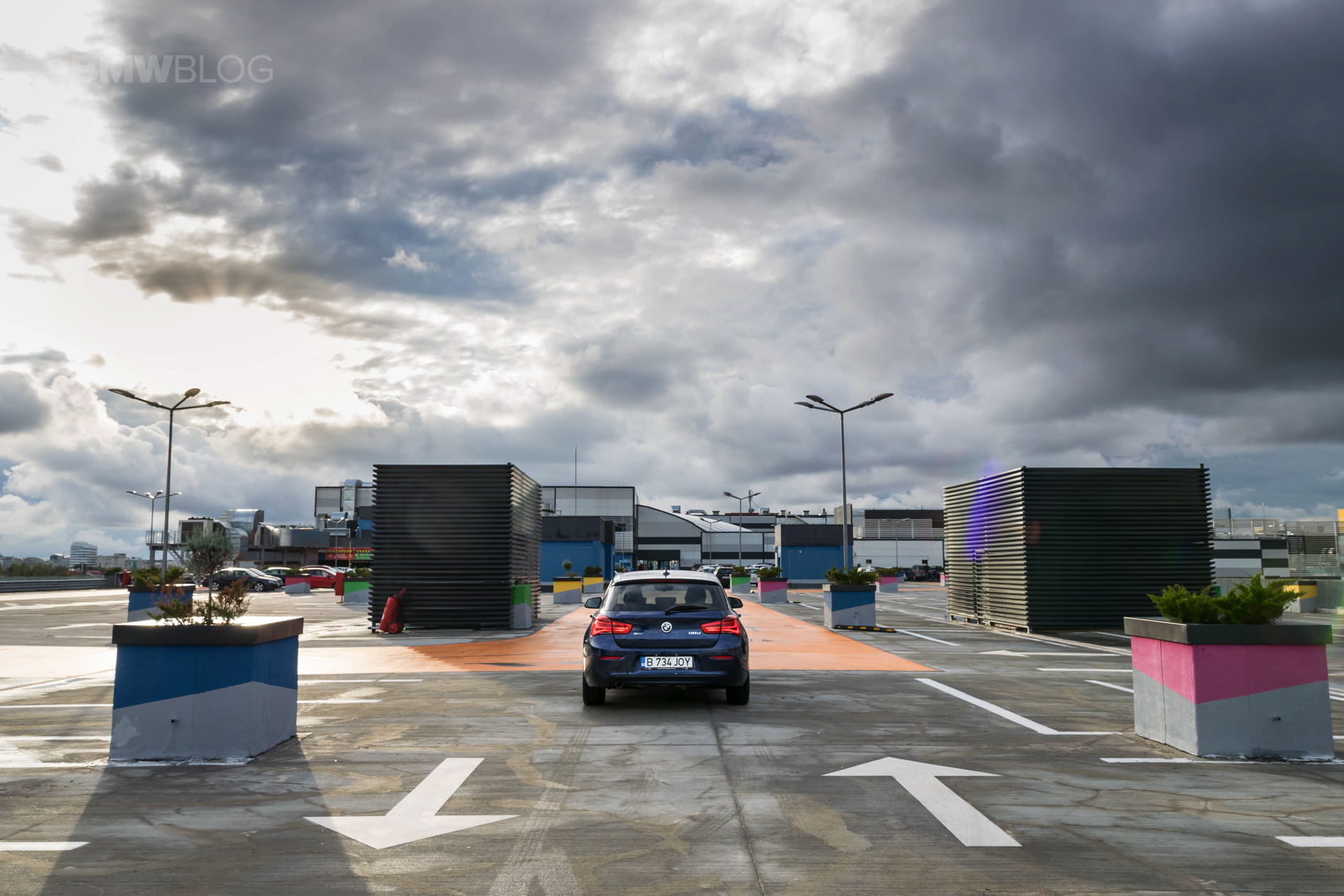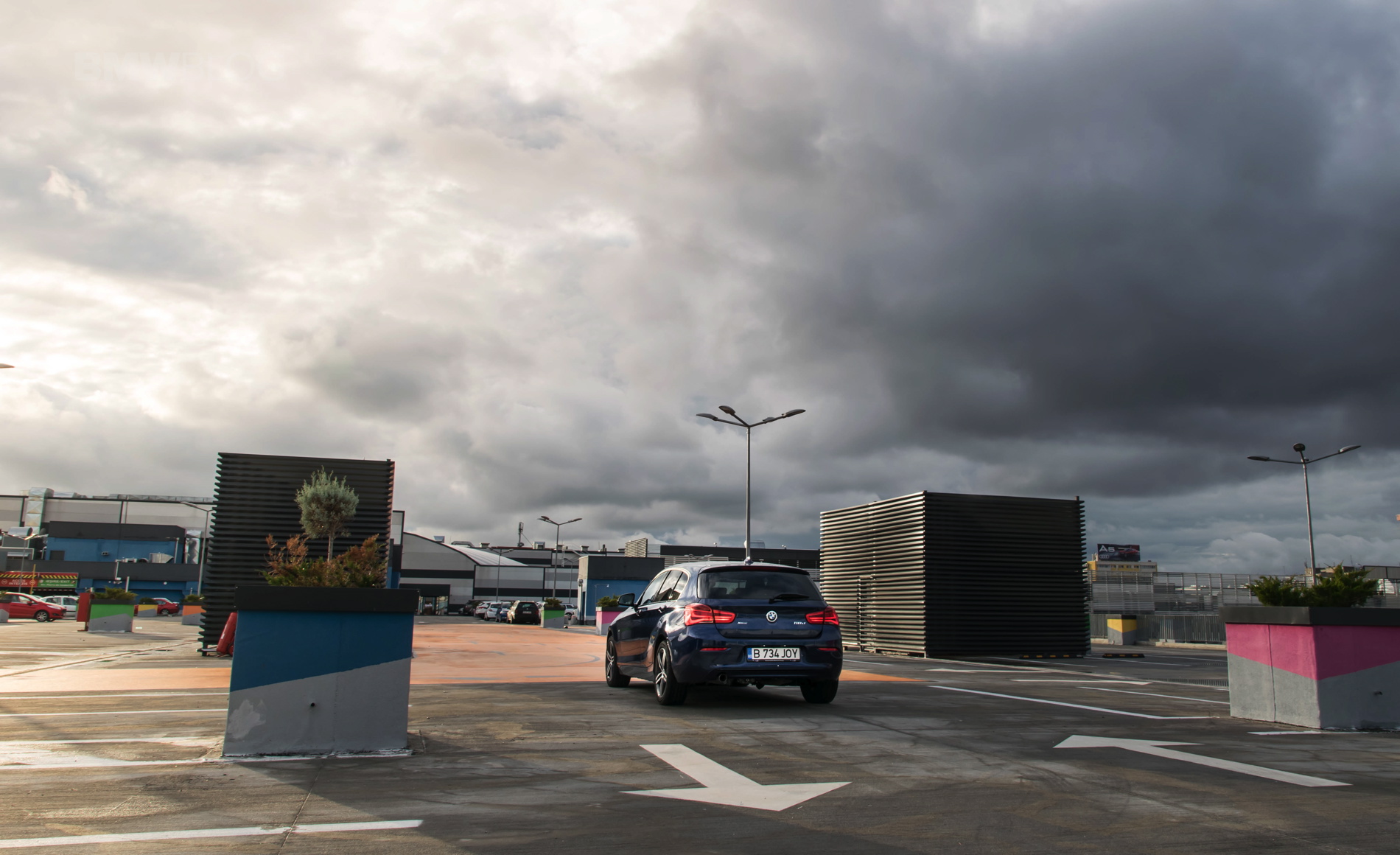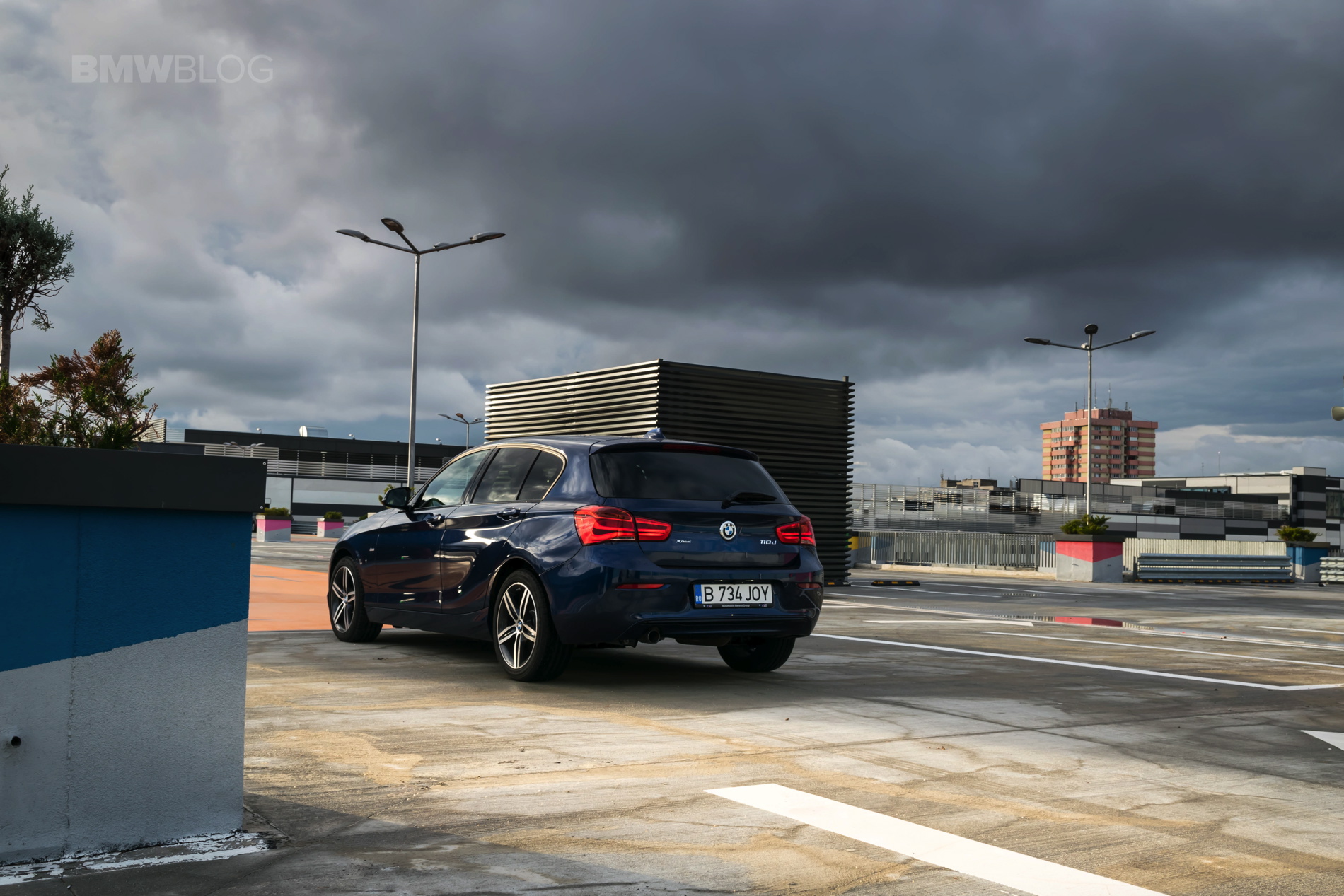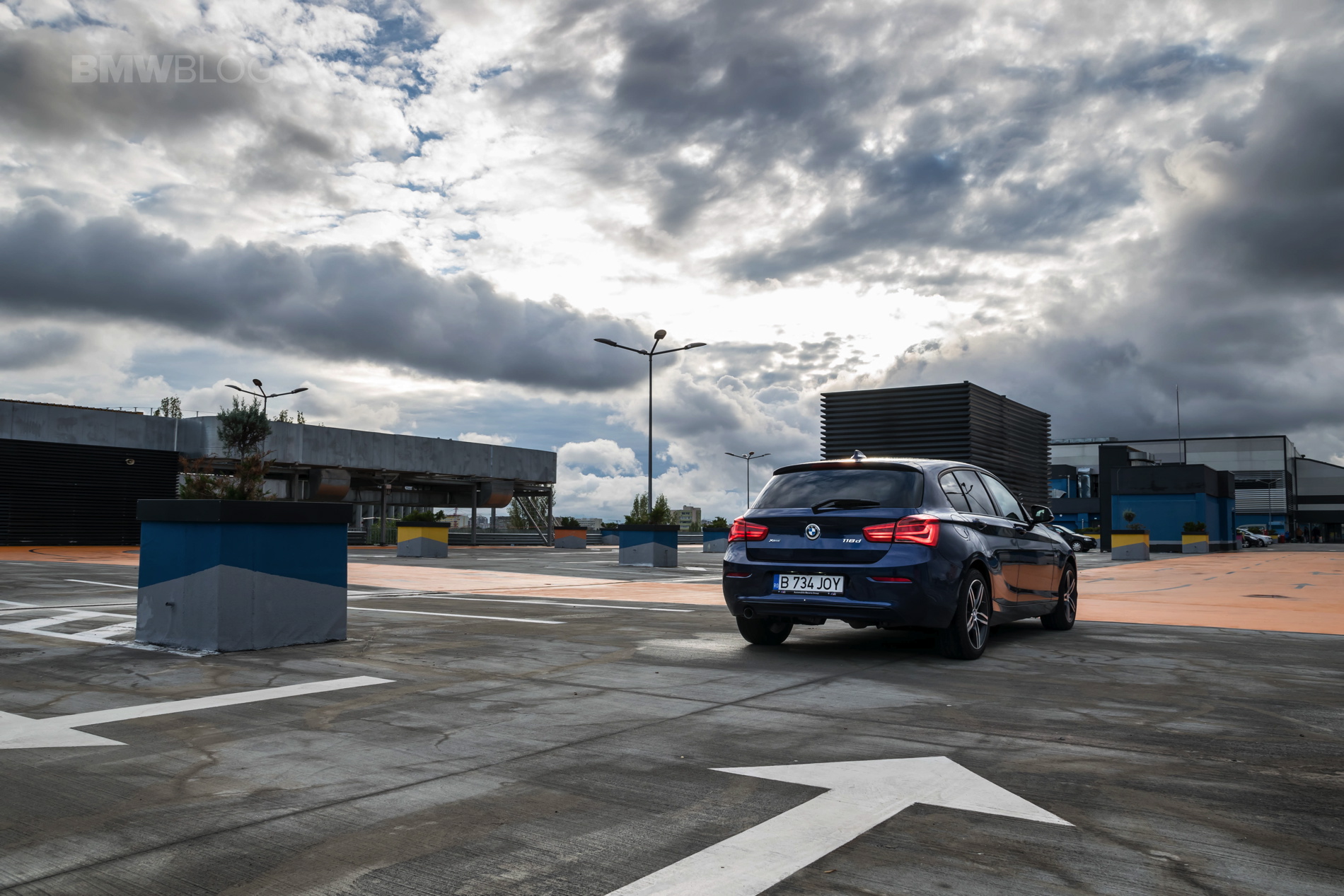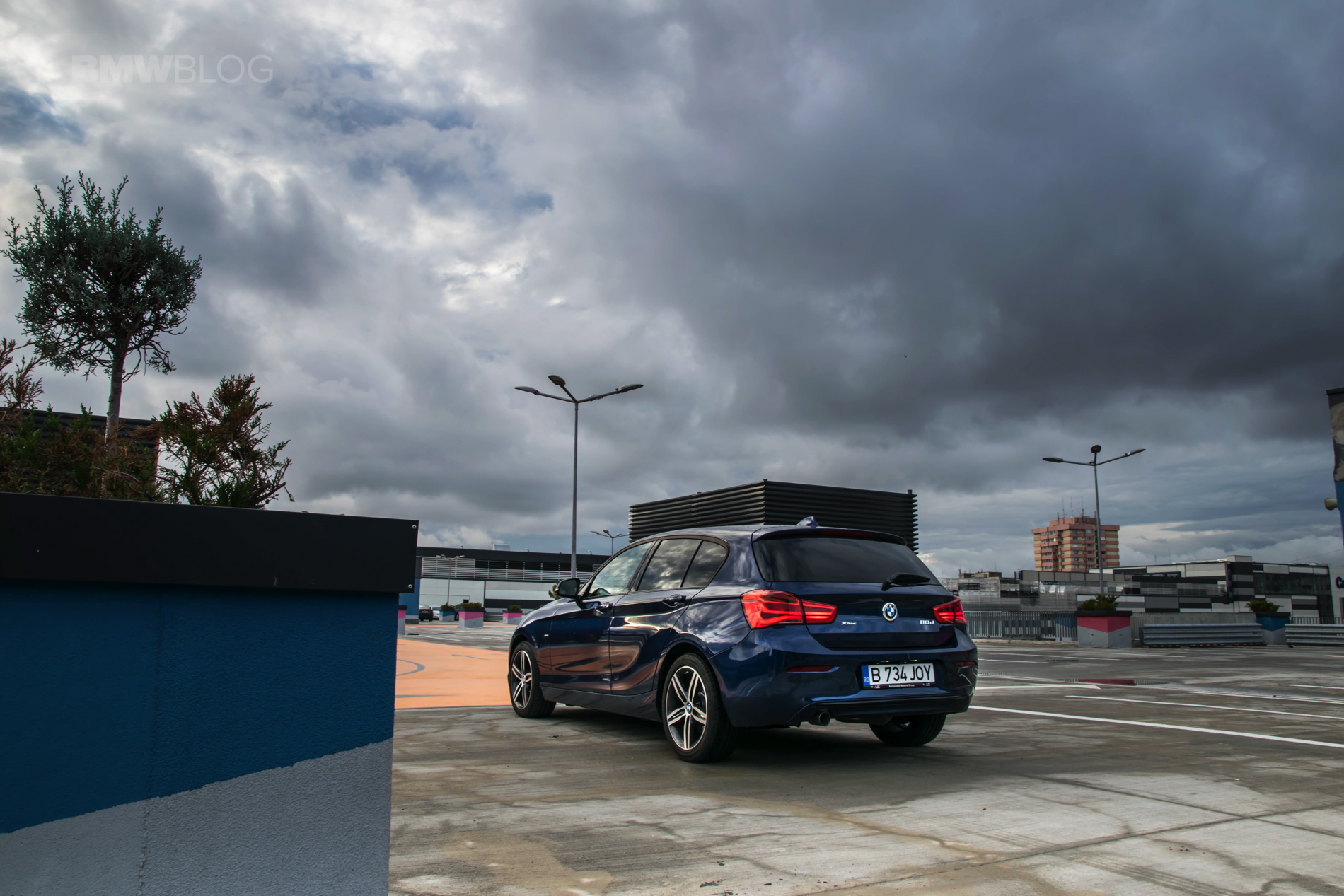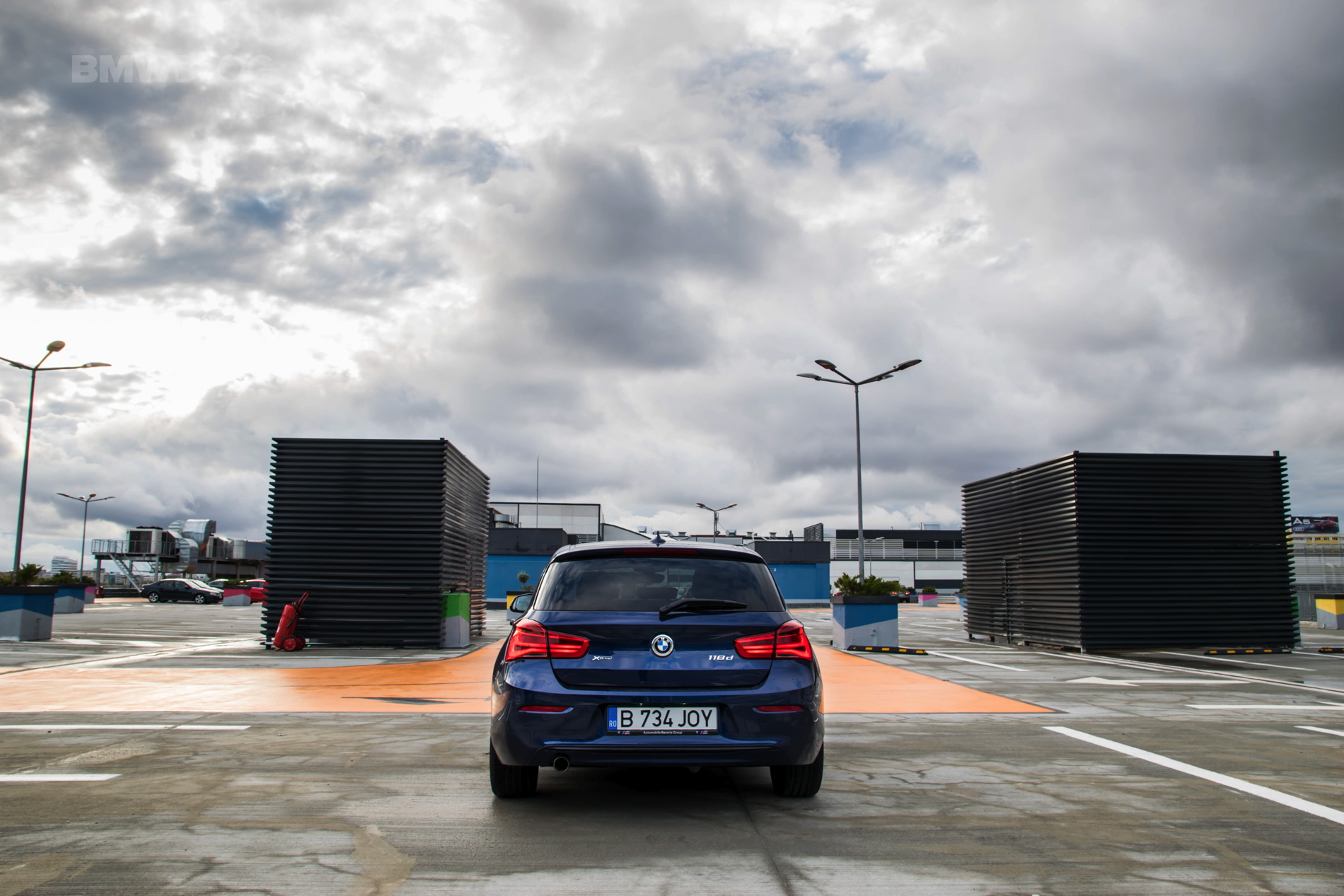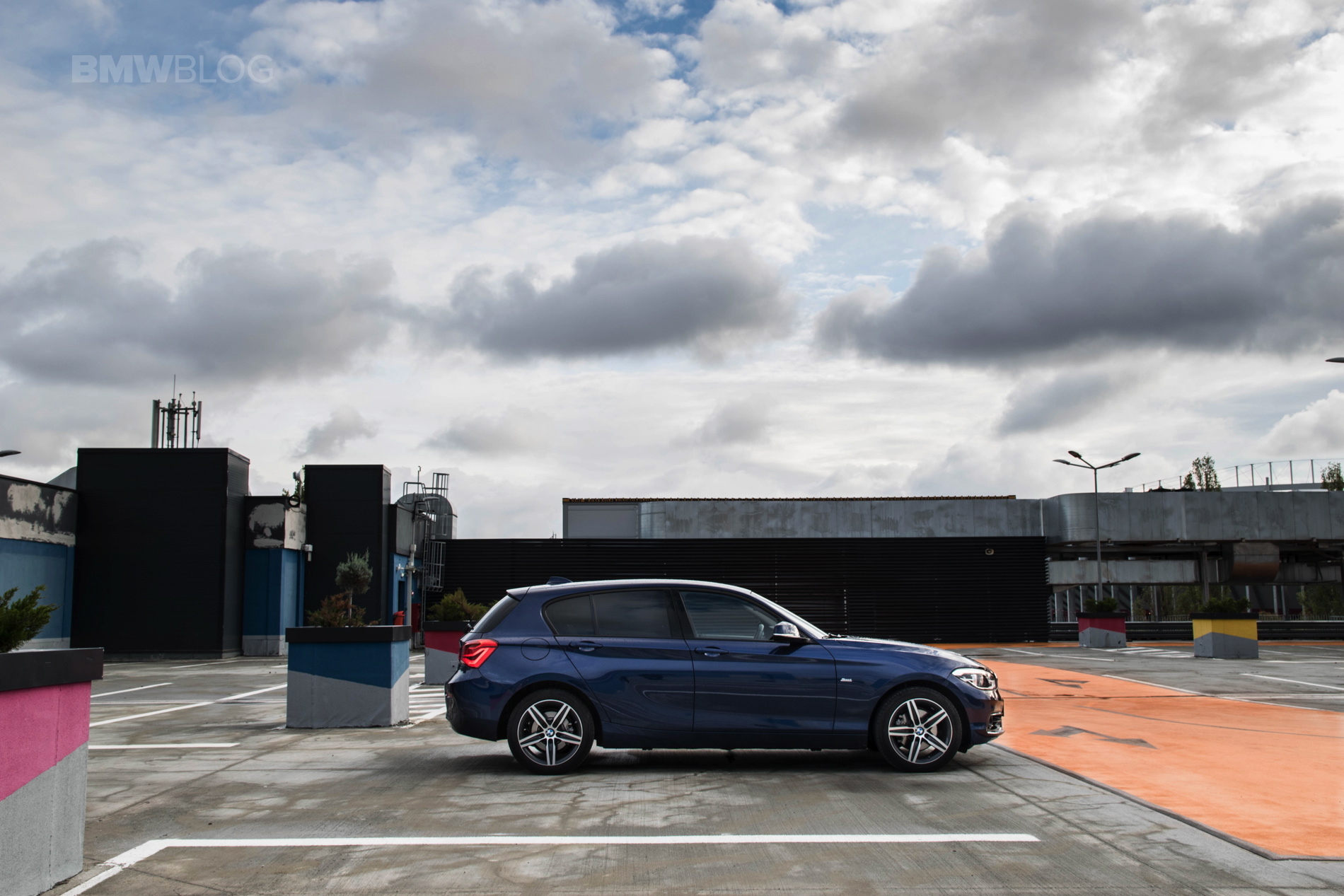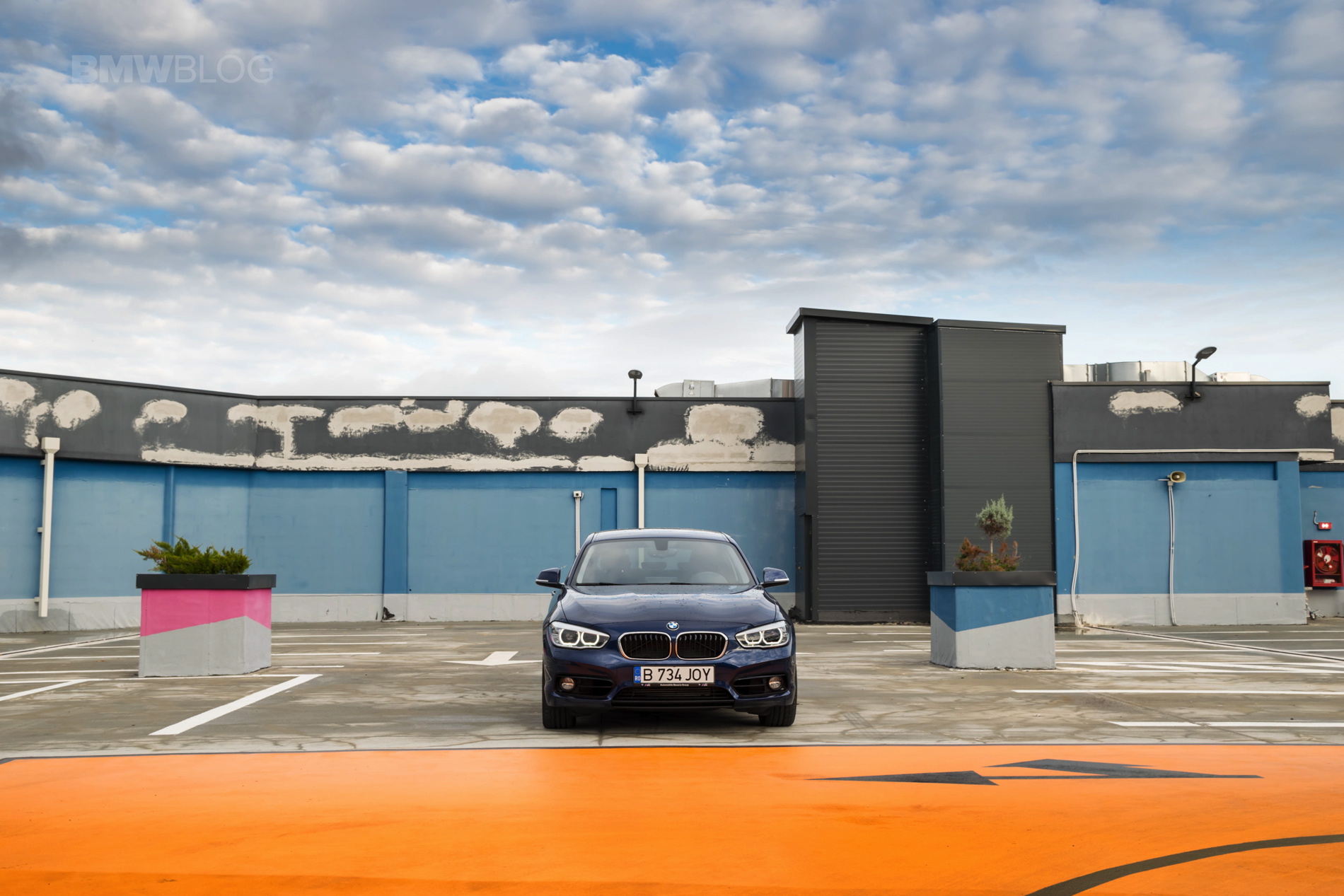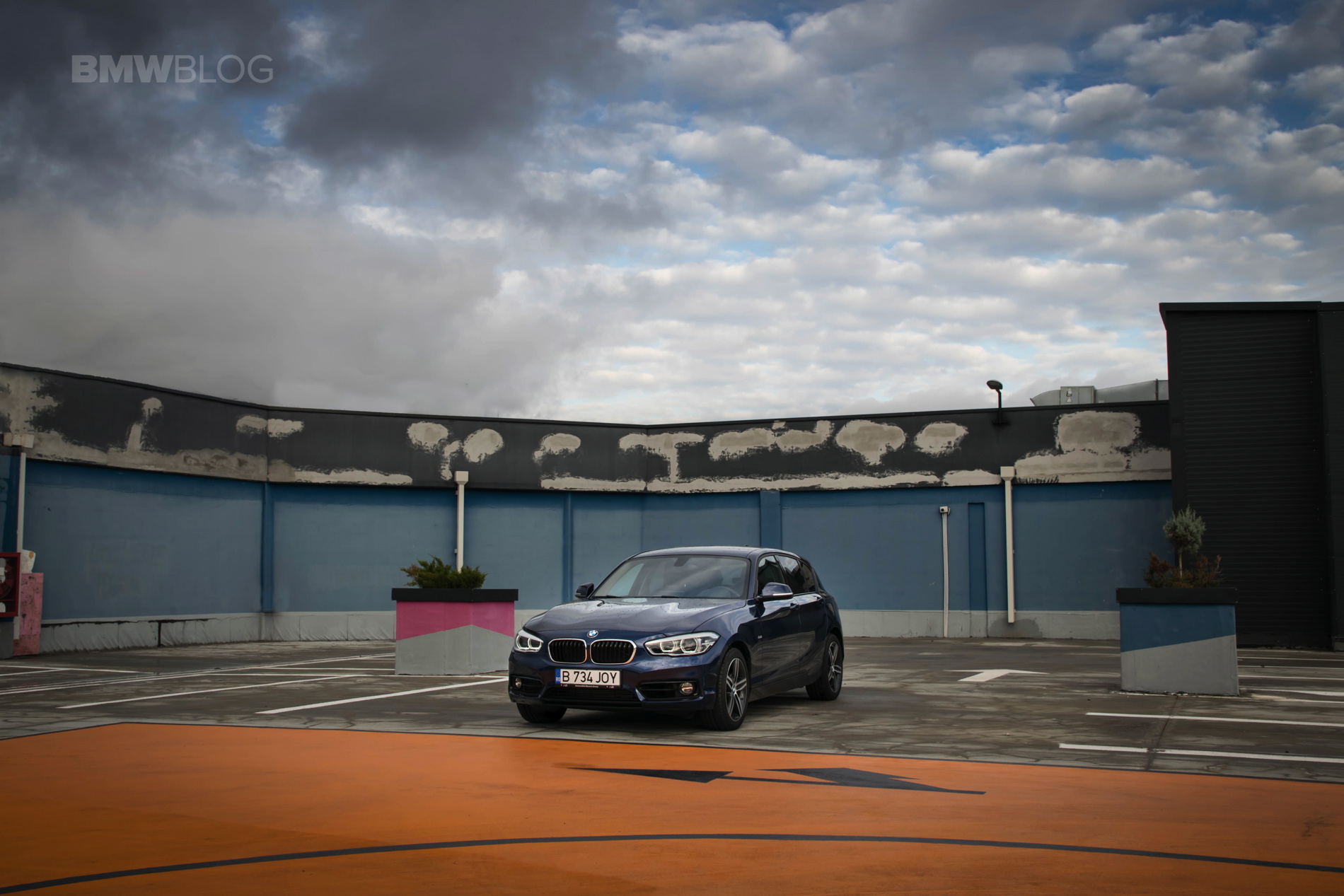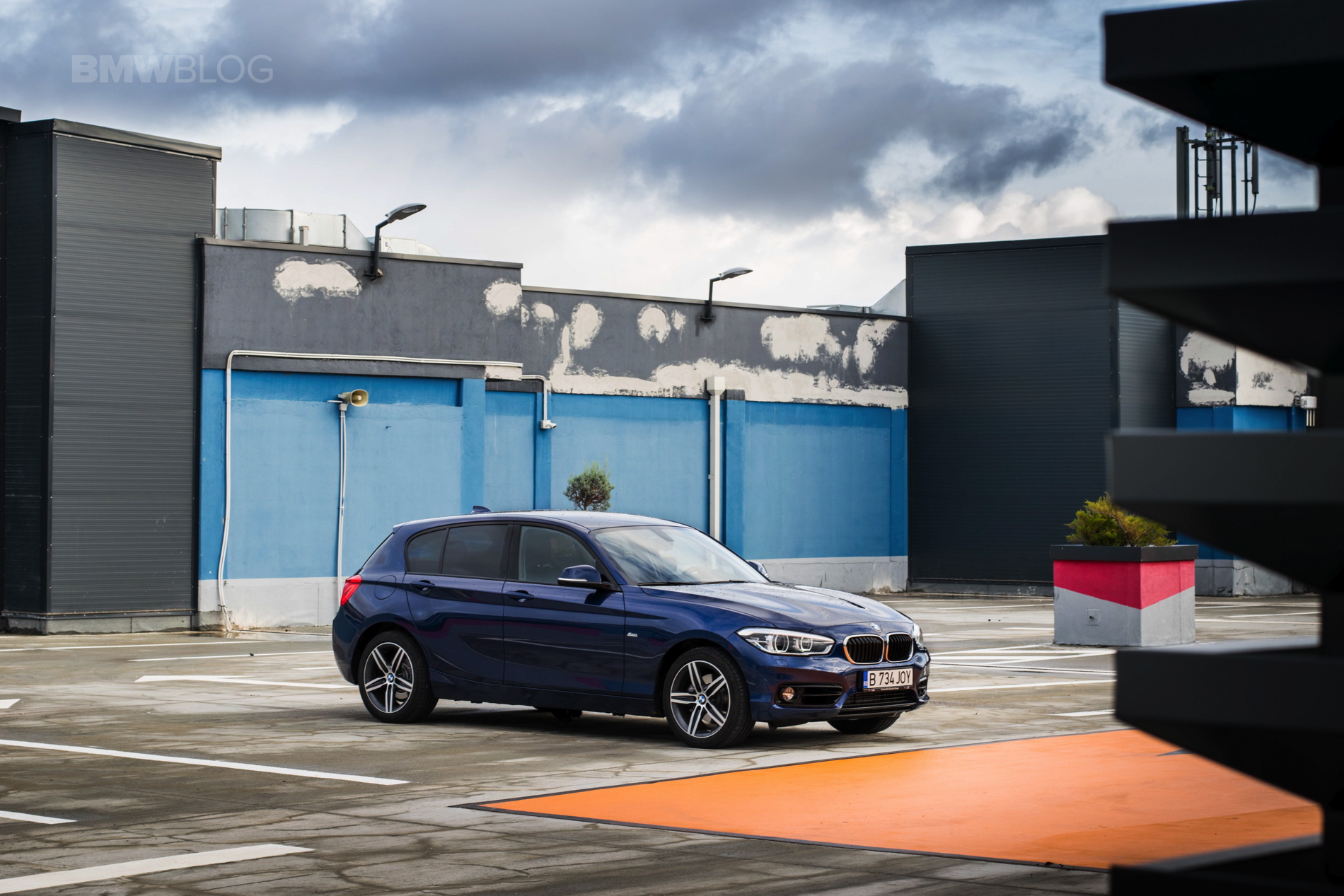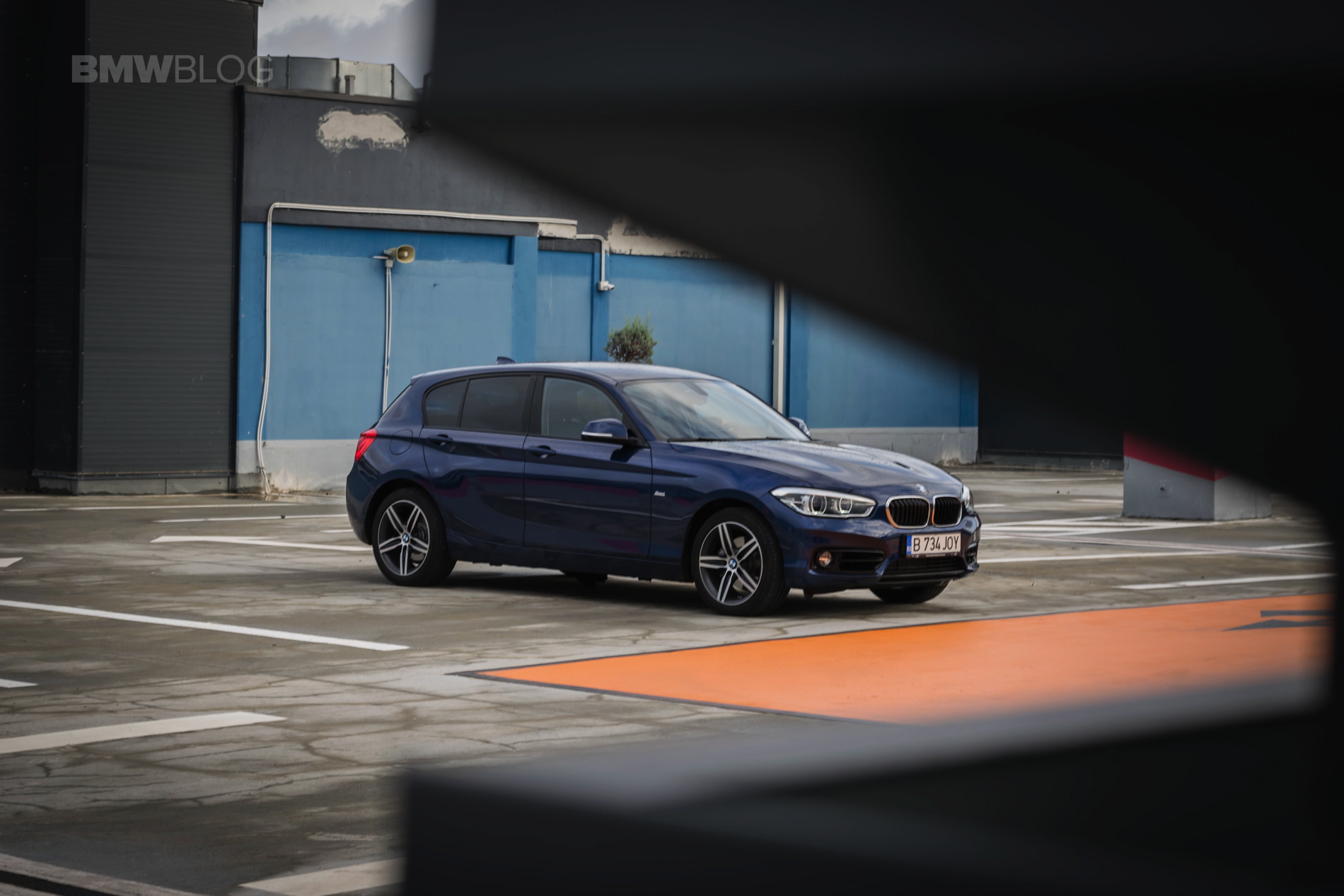It’s been roughly two and a half years since I last test drove a car with a manual gearbox, and the last press car I had the pleasure of driving with three pedals was a MINI Cooper. Therefore, I was rather excited when BMW called and invited me to take a BMW 118d xDrive out for a spin for a few days. I was reticent at first but after learning about the clutch pedal, I was sold on the experience.
The BMW 118d is almost the cheapest model you can get with a blue and white roundel on the hood especially and that makes it a good candidate for fleet managers wanting to get the best bang for their buck. Furthermore, this is one of the cheapest RWD cars you can get today. Chip in the fact that you can get it with a manual gearbox and things get quite interesting if you’re looking for fun on a budget.
I personally would’ve preferred if the car was rear-wheel drive as that would’ve made the whole experience a lot more enjoyable but for some reason, most of the press cars BMW has in its fleet lately come with all-wheel drive. That said, you can still have fun and be safe during winter months if you live in colder areas, and with a set of good winter tires and some skill behind the wheel, you could still deal with snow and ice.
But let’s not get ahead of ourselves. I found myself face to face with a diesel, RWD, manual hatch and I couldn’t wait to get behind its wheel and enjoy the times ahead. That may seem a bit weird, considering the car that stood before me, but getting to drive a manual press car is truly a rare occasion these days. That’s because most manufacturers kit their press fleet cars with all the tech they can so that the journalist behind the wheel can experience the best they have to offer. Getting to enjoy a more ‘pedestrian’ model is a relief from time to time.
In the case of the 1 Series there’s another reason why the 118d xDrive came with a manual: that’s the only gearbox available for it. What’s more interesting is that if you live in the UK, the 118d is not available with xDrive at all, so things are quite peculiar for this hatch. Therefore, you can either have a 118d RWD with a manual or automatic gearbox, or a 118d xDrive but in that case, you only get a manual gearbox.
No matter your choice, you’ll get the same 2-liter 4-cylinder diesel engine under the hood, the B47 mill being tuned to make 150 HP in 118d guise along with 320 Nm (236 lb-ft) of torque. It may not seem like a lot at first glance, especially since we’ve recently sampled the M140i by comparison, but it’s enough for your daily needs, rest assured. That’s because the 1 Series is the smallest car BMW makes today and it’s also one of the lightest. Were it not for the added 80 kilos of the xDrive system, the 5-door 118d would’ve tipped the scale at just 1,425 kg (3,141 lbs). Even so, the 150 HP drivetrain handles the 1.5-ton weight of the chassis pretty well. You won’t win many drag races but you’ll have plenty of power to do your daily chores.
From the outside, there’s nothing to set the car from the rest of the range. It didn’t stand out in the crowd whatsoever, even though it was painted in a nice shade of Mediterranean Blue and was wearing the Sport Line exterior package. The wheels were definitely a nice touch, the 17” Star-spoke 379 model with black faces and chrome spokes giving the general dark theme of the car a decent contrast. Chip in the tinted windows and you get the picture.
Inside the cabin things were just as standard, with the cloth seats and M Sport steering wheel dominating the cabin as the center points. Unlike the 2 Series, which received a new instrument cluster along with the facelift this year, the 1 Series is still using the old analogue orange cluster and that’s fine, giving you a retro feel, somehow. Alas the old iDrive system is gone and, in its place, we’re dealing with the most recent iteration of BMW’s infotainment system. It has had everything revised, from the menu and submenus to the graphics and works really well, being one of the benchmarks in the industry at the moment. On the 1 Series you don’t get a touchscreen but you don’t really need it as the rotary control knob on the center console will get the job done perfectly anyhow.
And right next to it you’ll find the gearshift lever, in this case wearing the M logo on the knob. The manual gearbox is typically Bavarian which means it’s a bit rubbery but the gates are precise and closely stuck together. Shifting gears is rather enjoyable but there’s a quirk that some people might find annoying: rev-matching. All the newest models in BMW’s range come with this function and it is probably intended more as a protection measure than a restriction on the driver but you can turn it off if you want to. Just deactivate the DSC and rev matching will be gone, it’s as simple as that. And while some have been complaining about the car automatically raising the revs as you downshift, to be honest I had nothing against it. In truth, it comes in handy and all those people claiming it’s for those who can’t drive are, in all honesty, hypocrites. It’s the same kind of argument people initially used when automatics started taking over the world. Nobody is stopping you from turning this function off.
When you take the BMW 1 Series to the limit you start to understand why it’s the best handling car in its segment. To put things in a different perspective, I should also mention that it’s the only rear-wheel drive model in the hatchback segment which makes it considerably better balanced with or without xDrive. There’s little body roll too and the suspension is perfectly damped, offering the most comfortable ride when compared to the likes of the A-Class or the Audi A3, especially when you go for the optional adaptive dampers. Our tester came with the 17” wheels and runflat tires and that took away some of the comfort but we still found the ride to be more than decent. Go for smaller wheels and maybe different tires and you probably won’t need adaptive dampers anyhow.
Switching between the three driving modes did almost nothing for the way the car handled since we’re dealing with a manual gearbox here. Sure, the steering becomes a bit heavier in Sport mode and the throttle response is a bit sharper but the differences are incredibly small or, better said, barely noticeable. In Eco Pro mode, the throttle response is toned down, allowing you to get better fuel consumption figures by helping you out with that heavy right foot.
Speaking of which, the 118d xDrive wasn’t all that impressive in terms of returned mpg around town. I guess my led foot had something to do with it but no matter how hard I tried, I couldn’t get the fuel consumption to drop under 8 l/100 km (29.4 mpg) and that’s way off what BMW claims in the NEDC test. Outside the city limits, since there’s less variation and gear shifting, the fuel consumption came closer to the claims with the on-board computer showing 5.7 l/100 km (41.2 mpg). That’s a decent figure and it would’ve been lower if the car wasn’t all-wheel drive. Flat out, the BMW 118d xDrive is also quite quick off the line but not neck-breaking fast. It will do 62 mph from standstill in 8.4 seconds which is decent. Nobody’s going to buy this thing for drag racing anyway. On the highway, you’ll be fine as long as you don’t venture too far past the 81 mph (130 km/h) speed limit which isn’t great for your driving record anyway.
As for the practicality of the car, having so much fun behind the wheel does come with certain drawbacks. The driver’s seat is positioned low, offering a great driving position overall but not great visibility if you adjust it to the lowest position. You sit down low and the seats are comfortable and offer great side support, even though we’re not dealing with the M Sport variant here. The seats of our tester were actually textile and yet looked and felt great. If you’re on a budget, I wholeheartedly recommend skipping the Dakota leather.
There’s plenty of room up front but passengers sitting in the back might find their leg and head room quite restrictive. You definitely shouldn’t force three adults to sit abreast in the back, especially if they’re about 6-ft tall each as that could lead to all sorts of headaches. To put things better in perspective, you get a bit more room in cars like the Volkswagen Golf, Seat Leon, Audi A3 and the A-Class but that’s understandable since the 1 Series does have to make room for its longitudinally mounted engine and driveshaft sending power to the rear axle.
However, the cabin does come with plenty of storage spaces. The door bins are generous in size and there’s a lot of space in the center armrest to store various small items. With the back seats up, the boot can hold up to 390 liters of stuff which is 30 liters more than the old model. Fold the seats and that figure goes up to 1200 liters. And while those may seem like impressive figures, they’re both some 20 liters shy of what the A3 offers, for example. Furthermore, the loading aperture has a bit to suffer because of the shape of the taillights and the boot floor isn’t straight, dropping towards the back which can make loading things flush a bit of an issue.
Despite these drawbacks, the 1 Series is still the most fun to drive car in the segment. Get it with a manual gearbox and things get even better. To think that almost the entire range is available with a stick shift makes it a true driver’s car. The choice of engines is extremely varied as well, from 3-cylinder mills to the top dog M140i, every man and woman out there being able to choose their favorite easily.
As for the 118d xDrive model, it’s clearly been set up to appeal to the more frugal minds out there. It was developed to be a decent cruiser for those wanting to have a small hatch with a great feel on the road. Despite having a diesel engine under the hood, you can have plenty of fun with the 118d and, to make things even better, a small ECU tune can get the power levels up to what the 120d offers, 190 HP and 400 Nm (295 lb-ft) which is more than enough for a small hatch like this. The internals are the same under the hood and you can get a great bang for the buck this way.
Overall, I thoroughly enjoyed my time with the car. The diesel mill under the hood was hushed down thanks to proper sound isolation and it is well balanced, while the abundant torque band allows you to cruise around in almost any gear you wish to. Pinch the throttle and you get out of any sticky situation in a hurry while if you want to have even more fun, all you have to do is counter steer quickly to get the rear end sliding. And that, simply put, is something you just can’t do with any other hatch these days.
2017 BMW 118d xDrive Review
Exterior Appeal - 8
Interior Quality - 7
Steering Feedback - 6
Performance - 6
Handling - 9
BMWness/Ultimate Driving Machine - 7
Price Point - 9
7.4
As for the 118d xDrive model, it’s clearly been set up to appeal to the more frugal minds out there. It was developed to be a decent cruiser for those wanting to have a small hatch with a great feel on the road.


